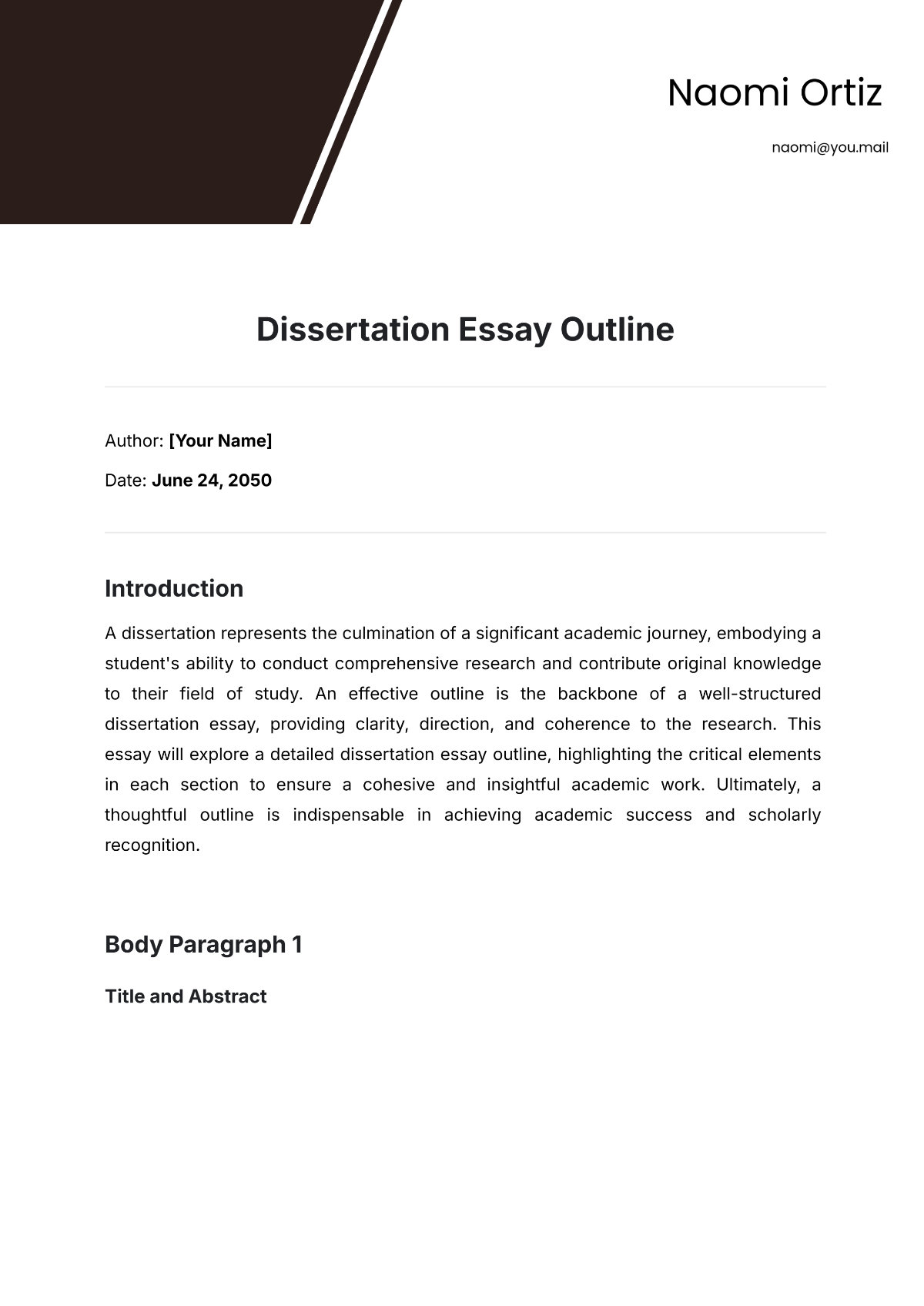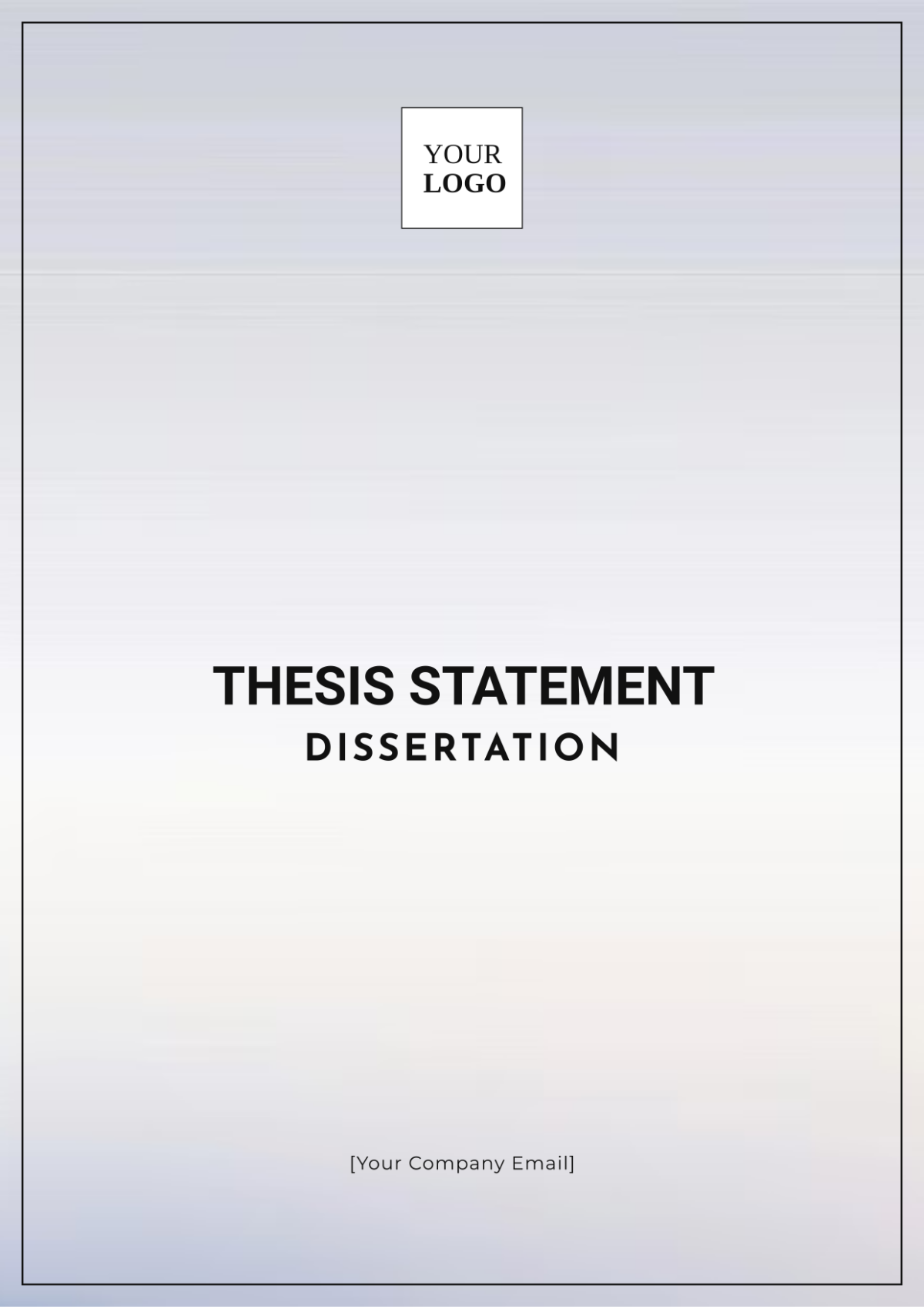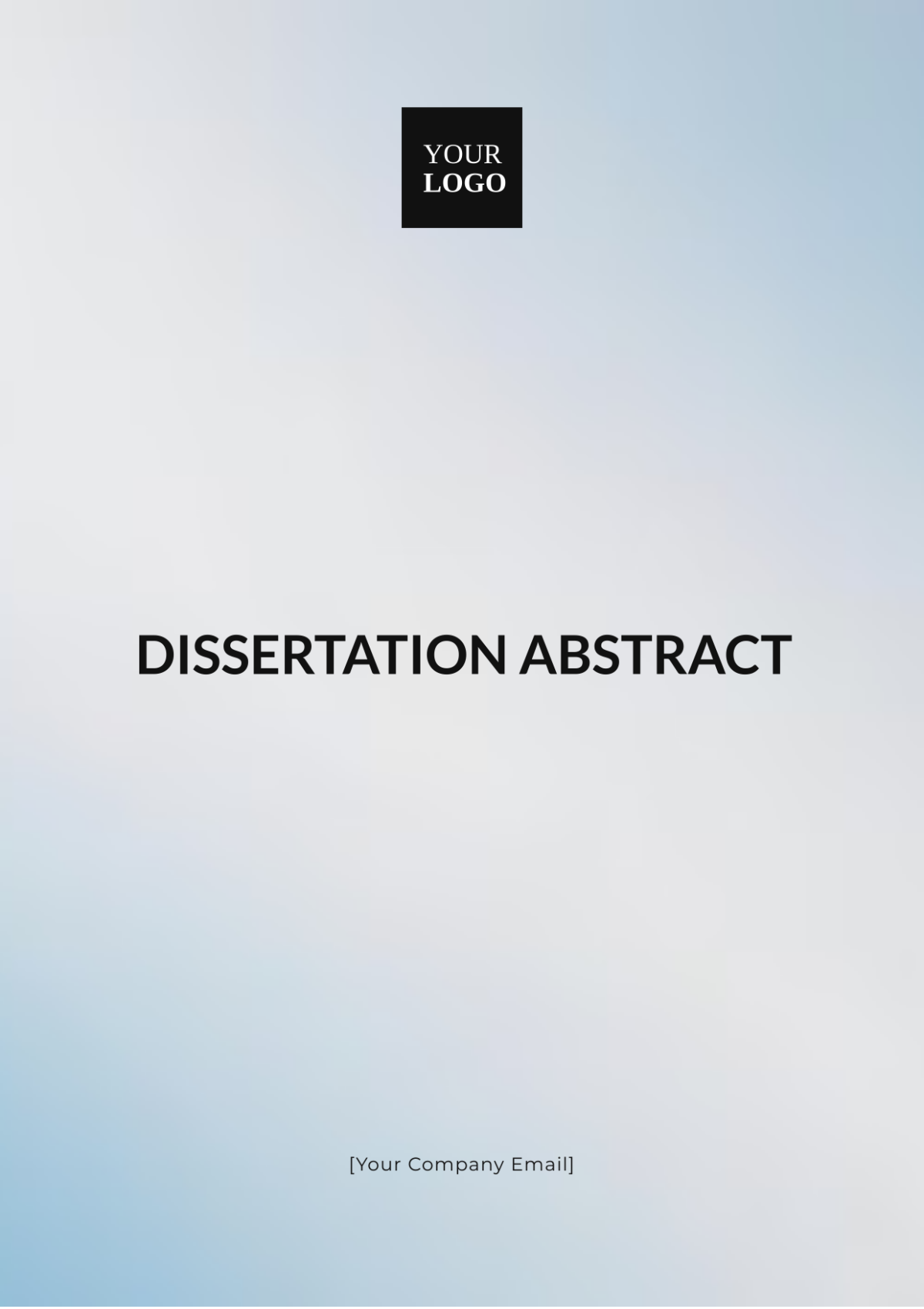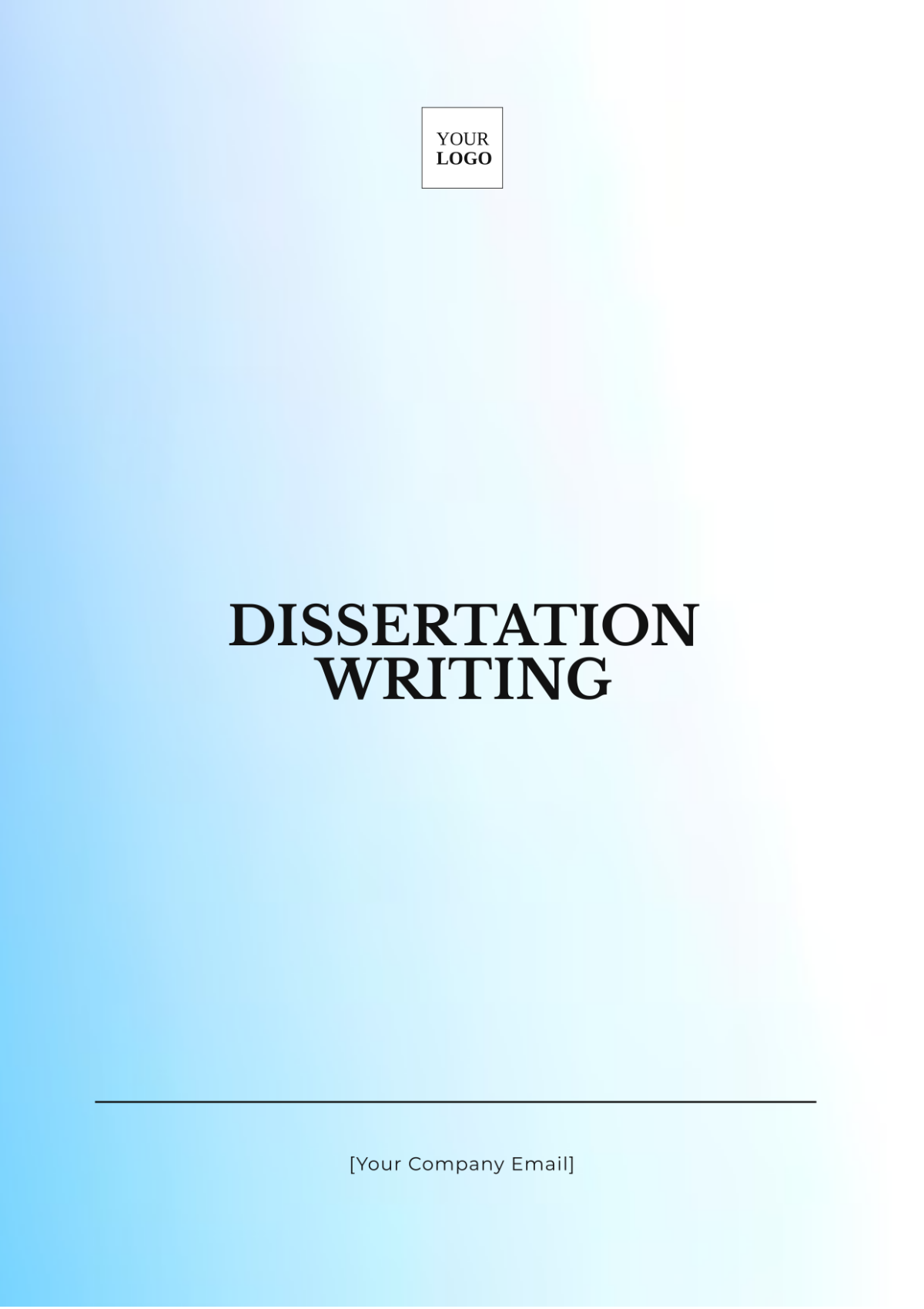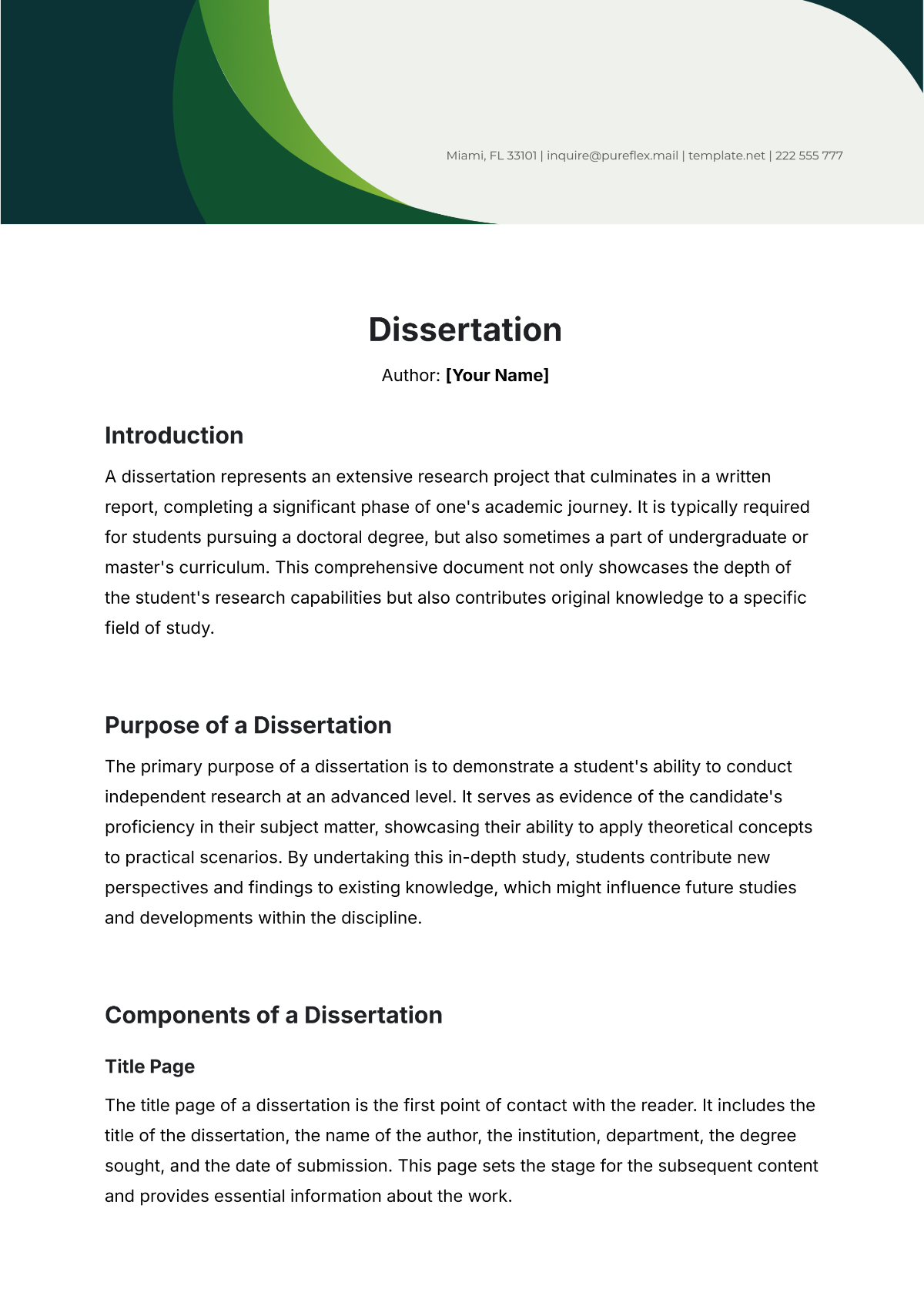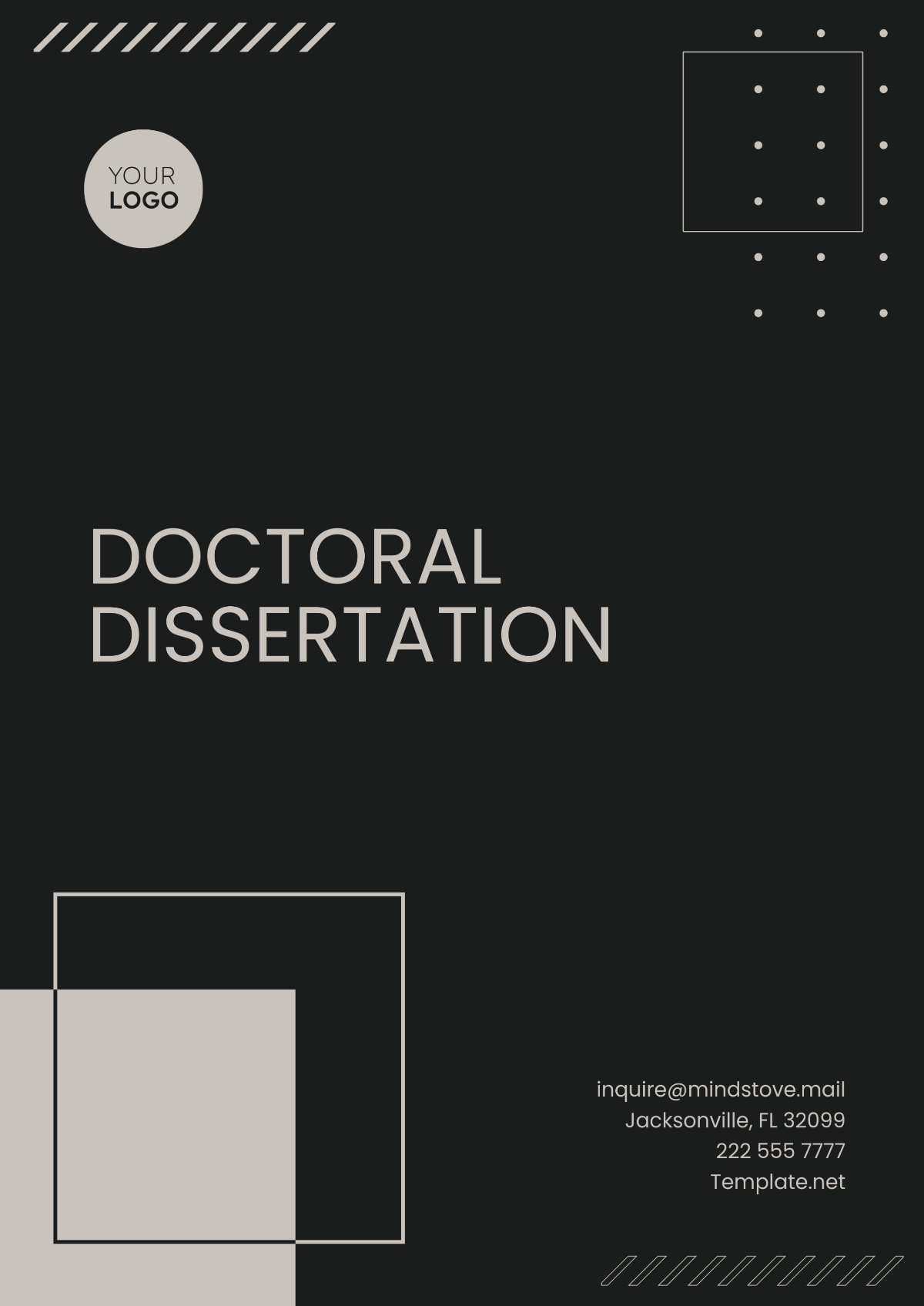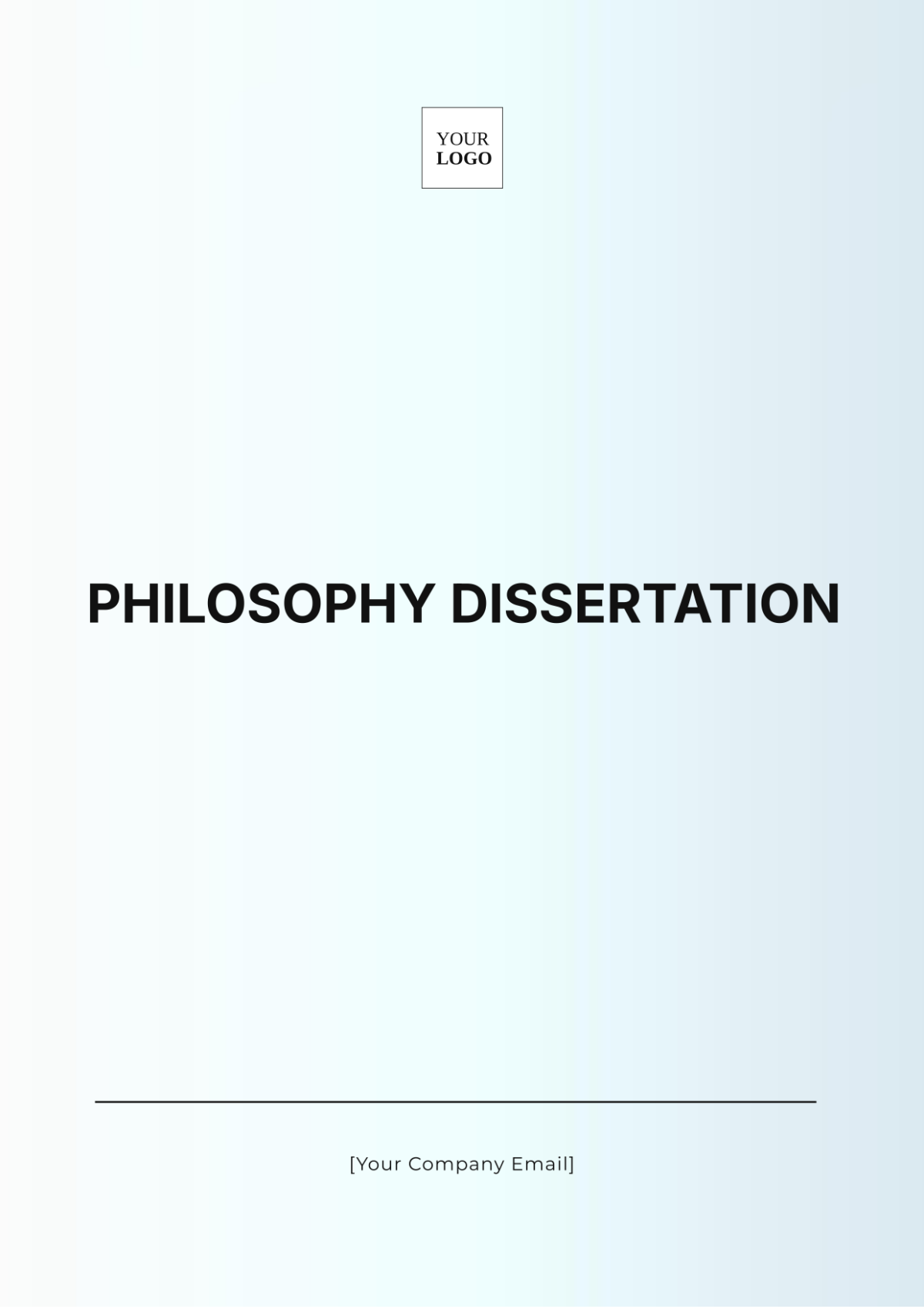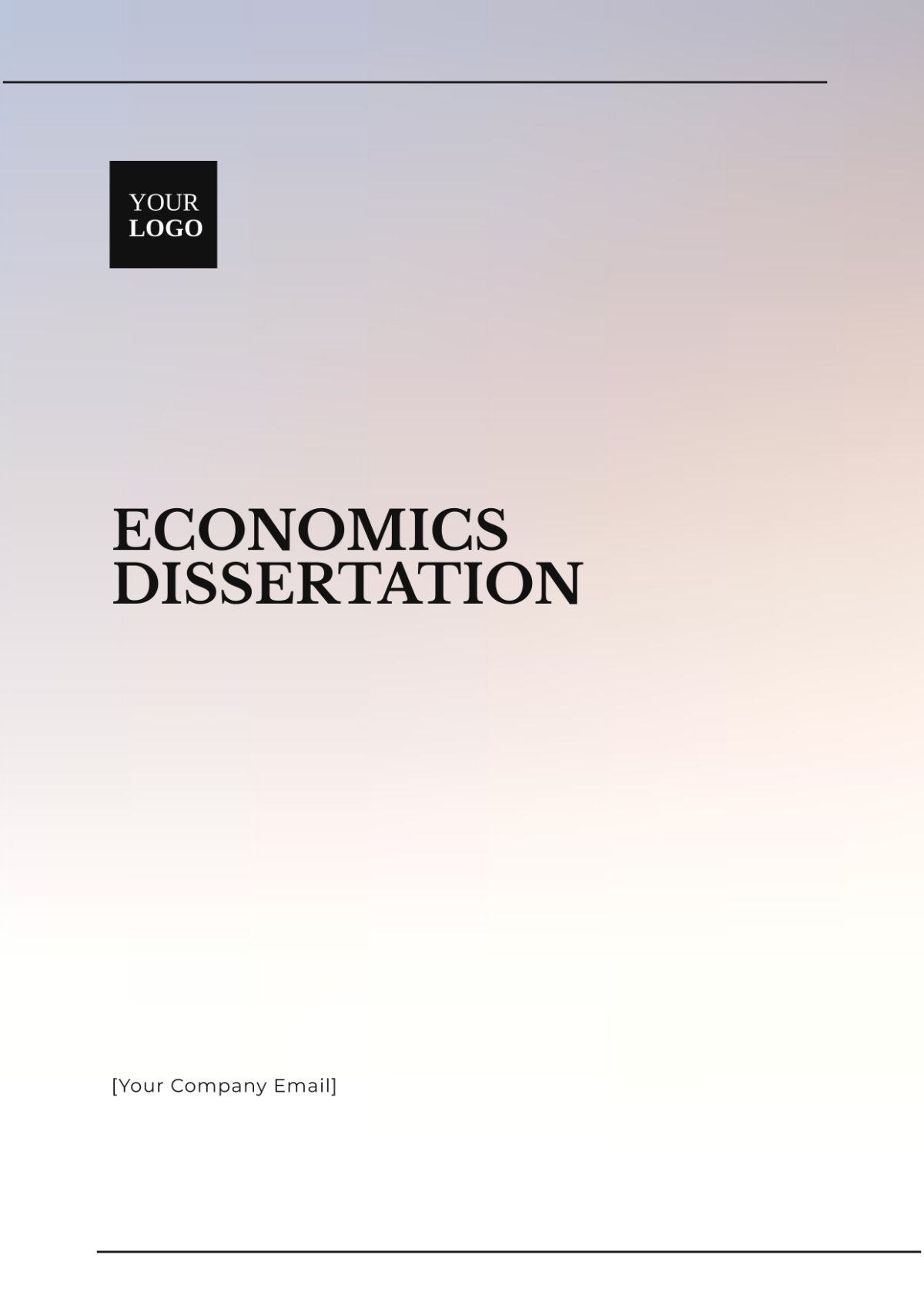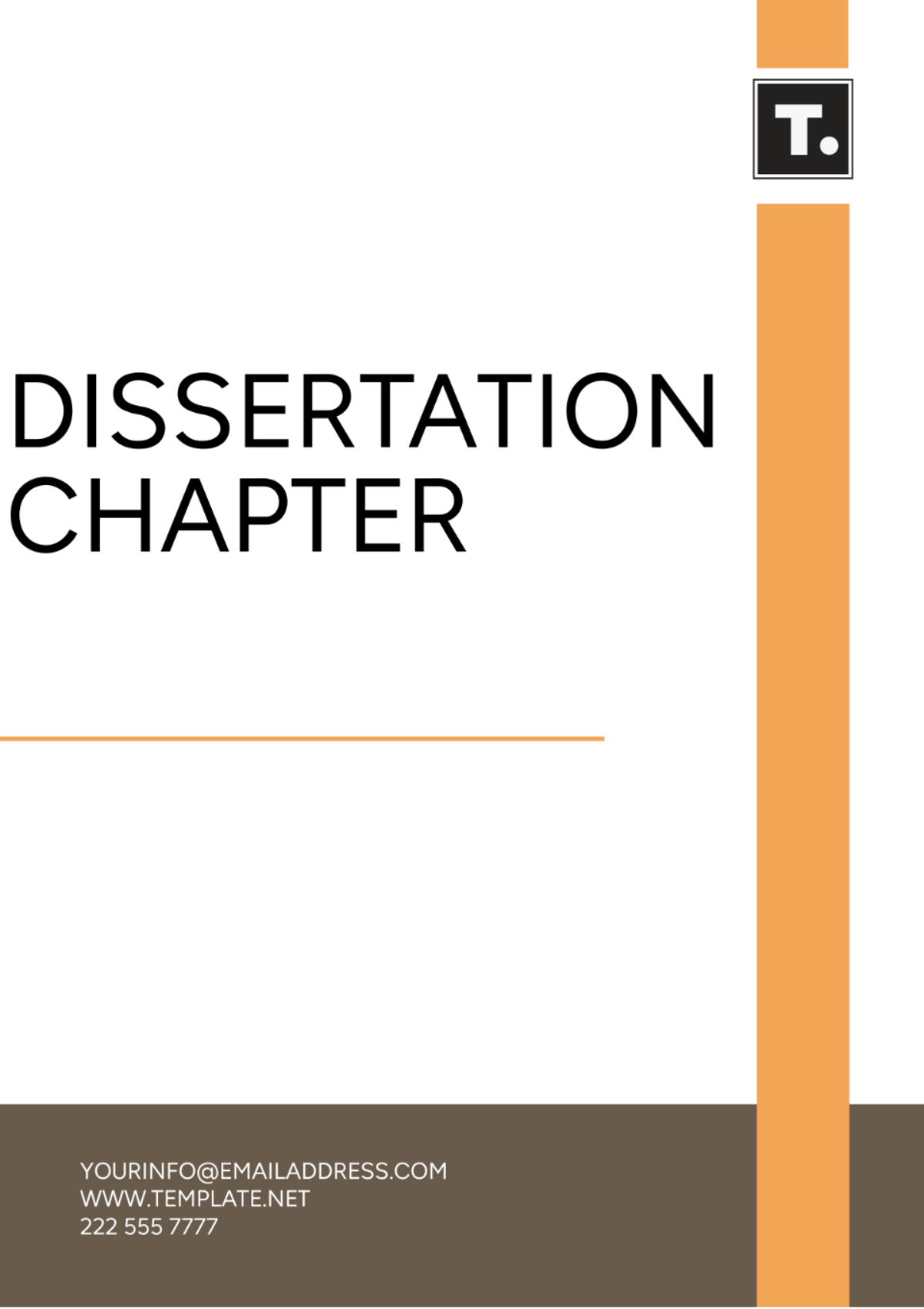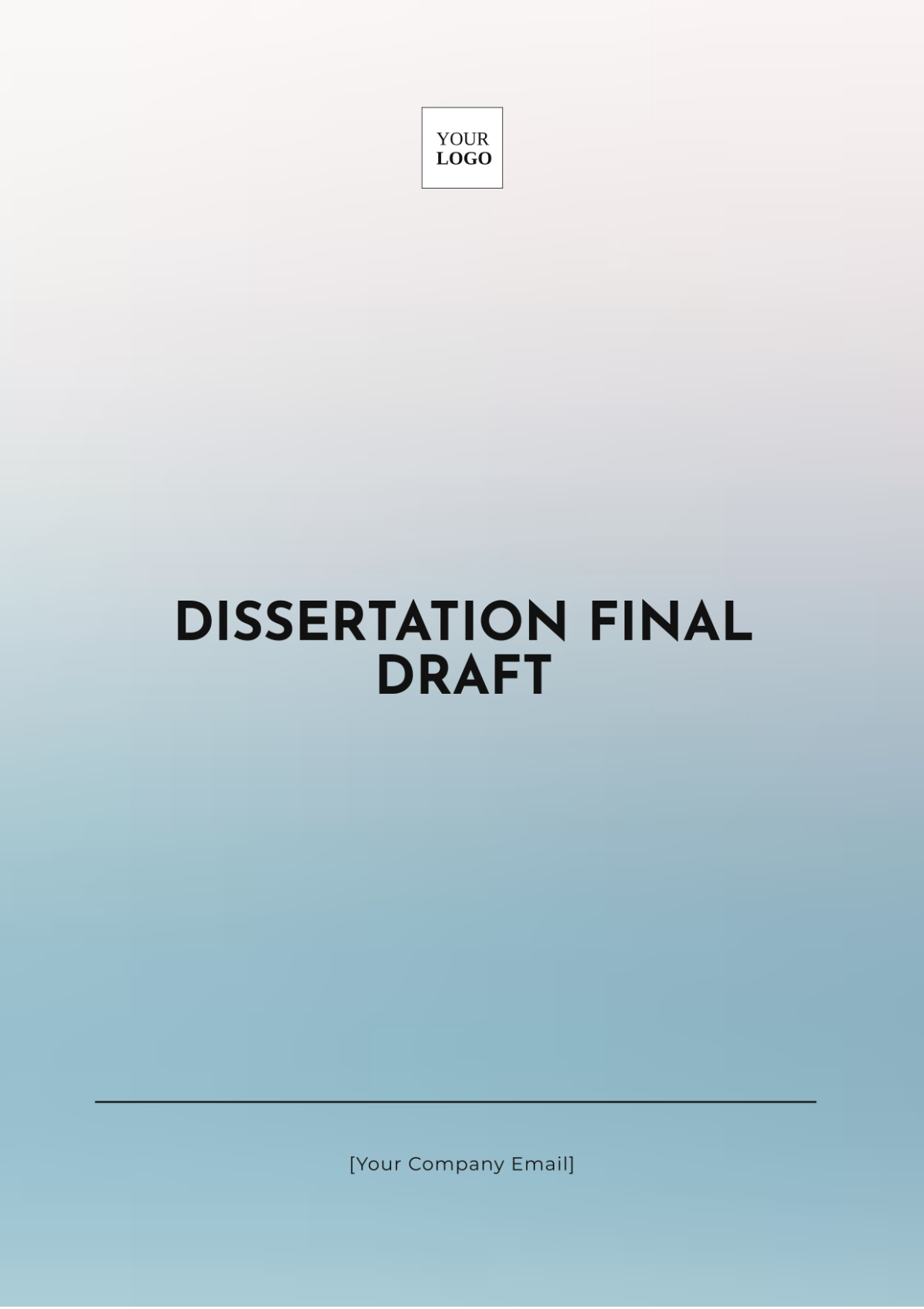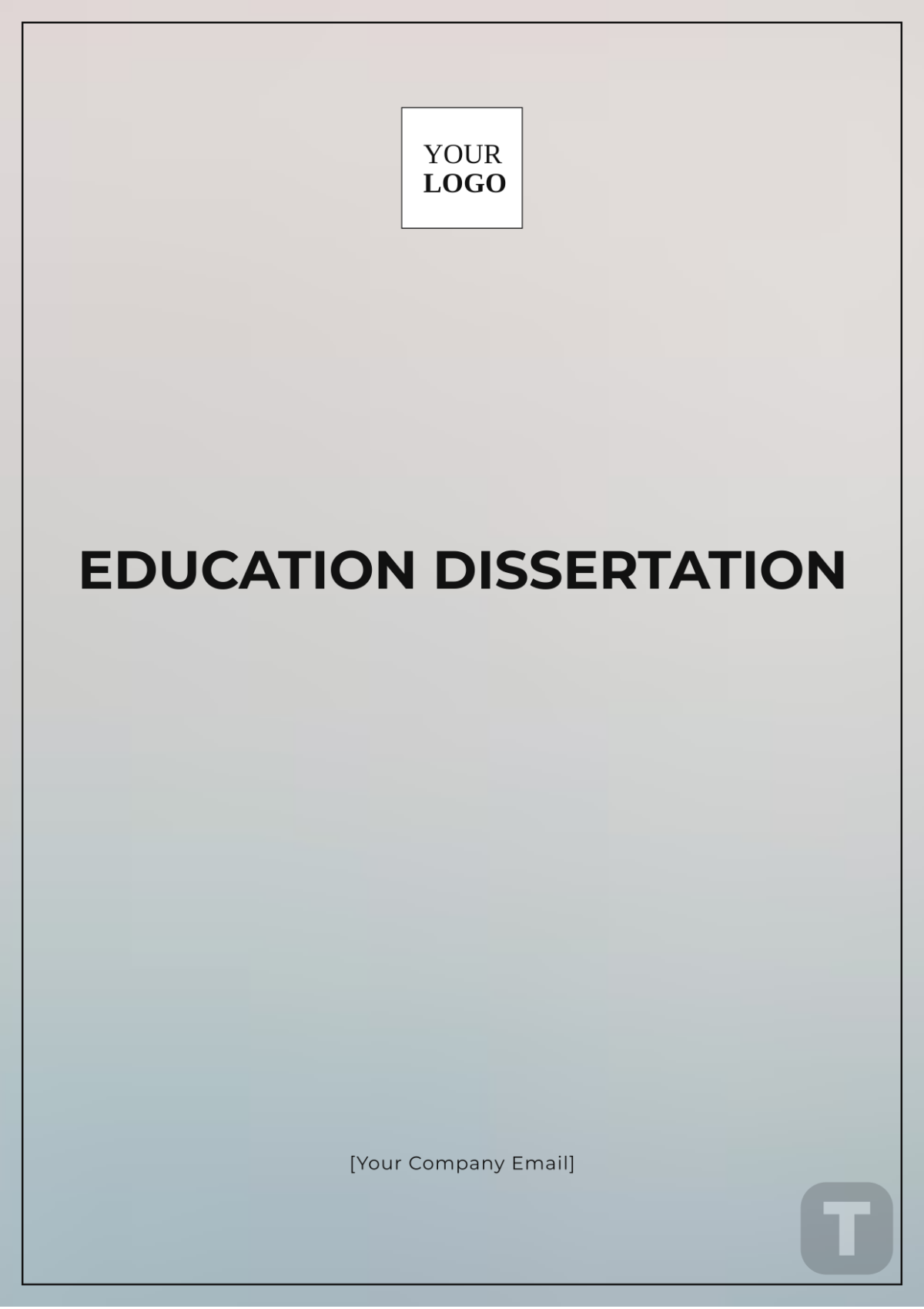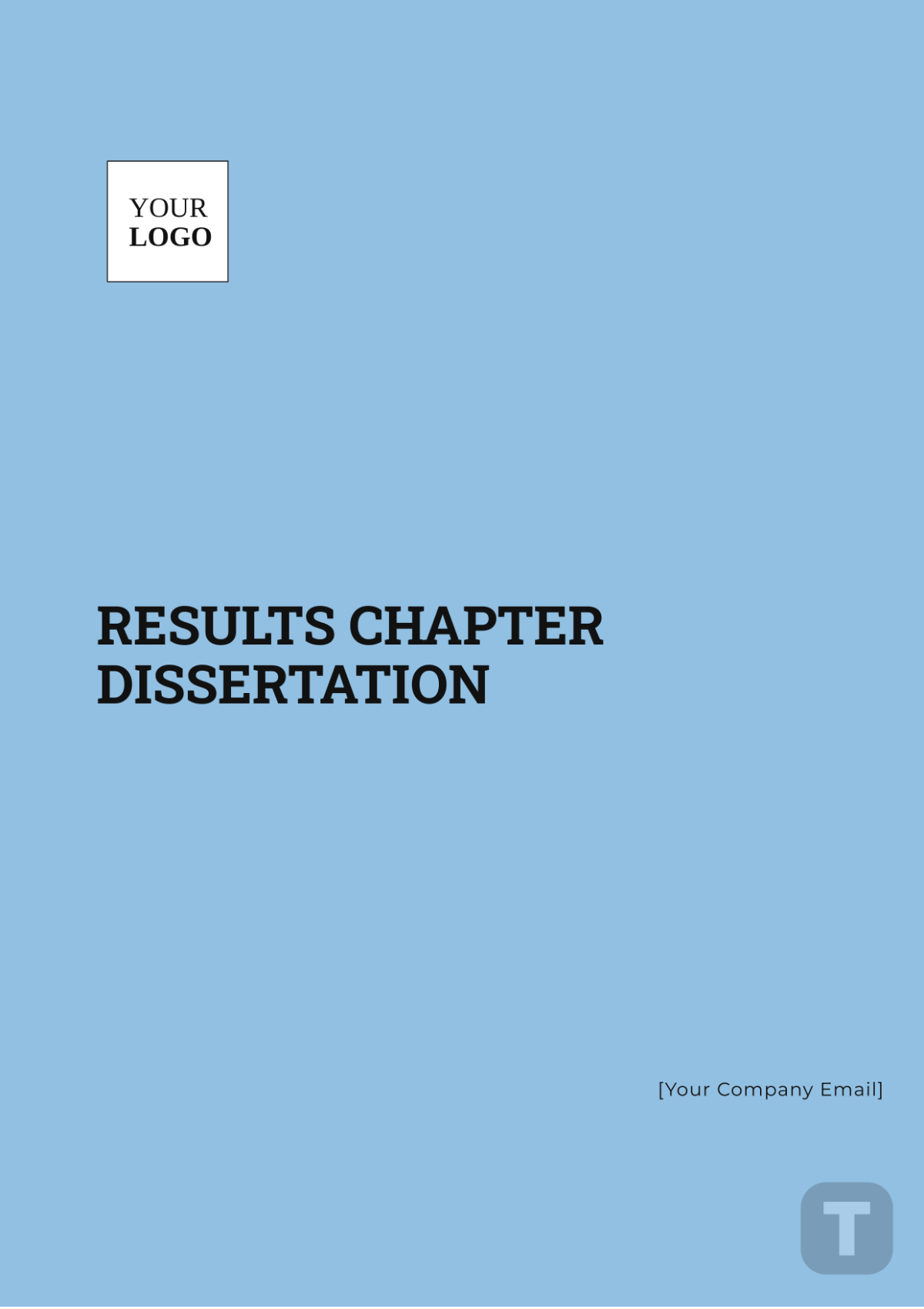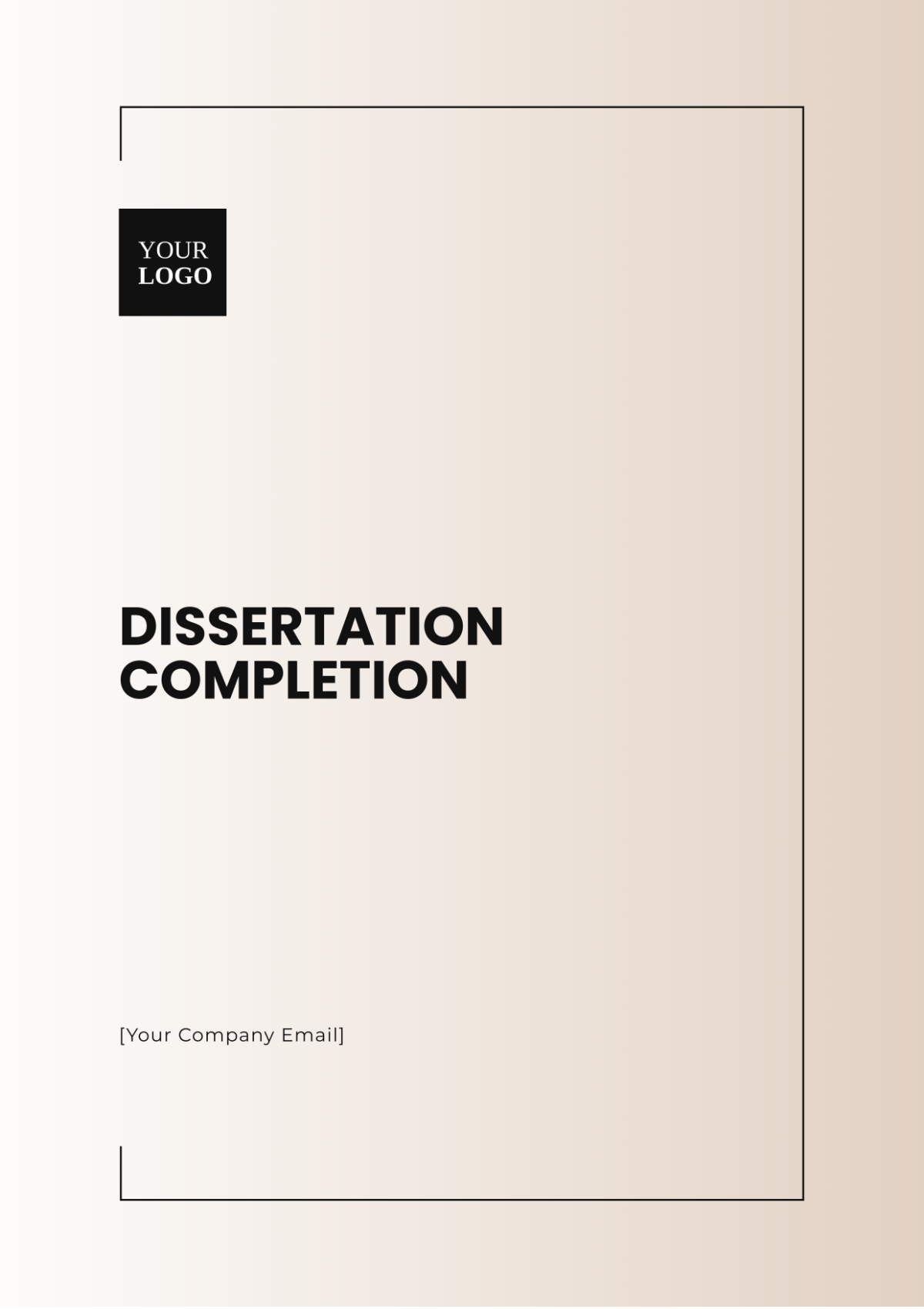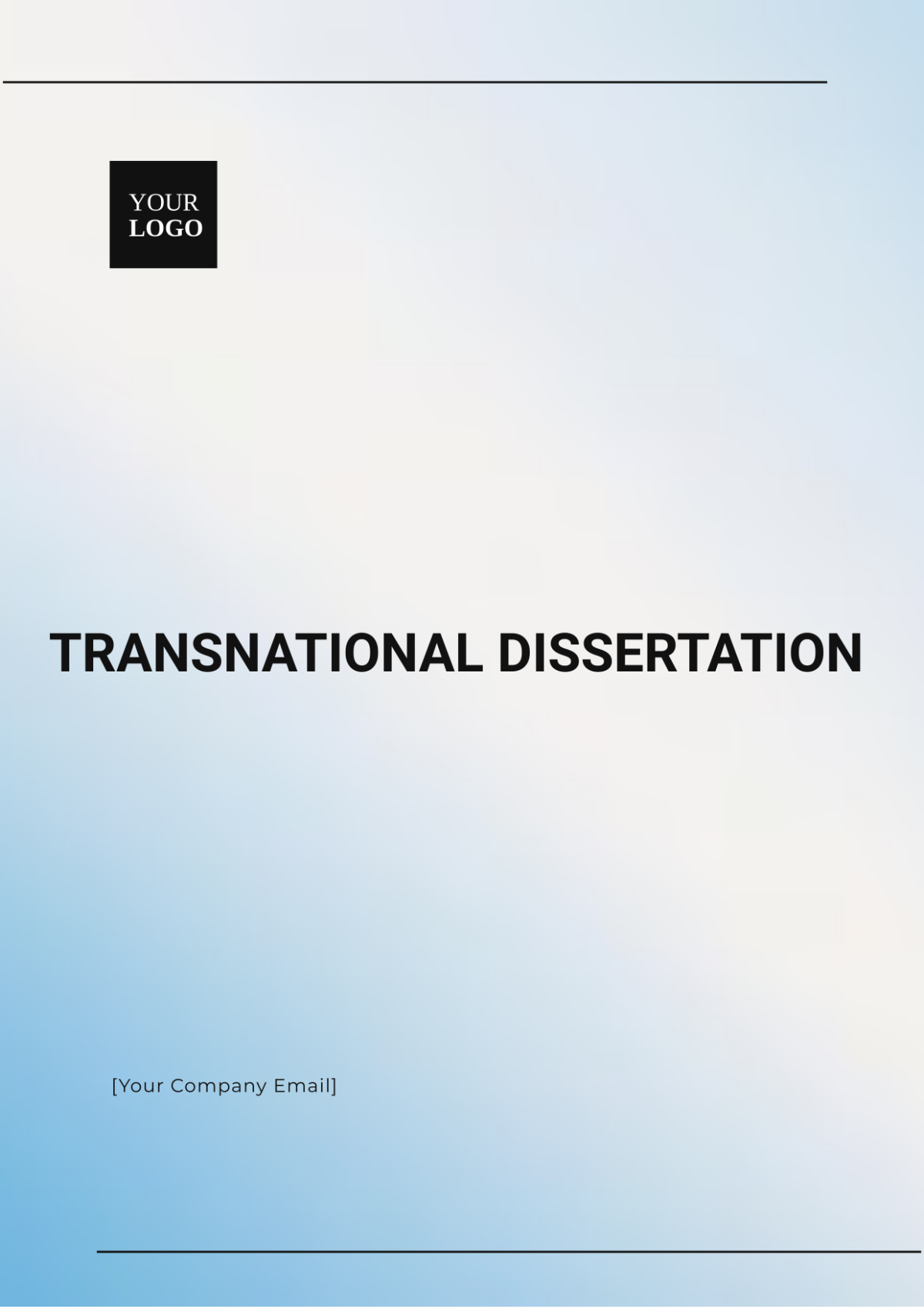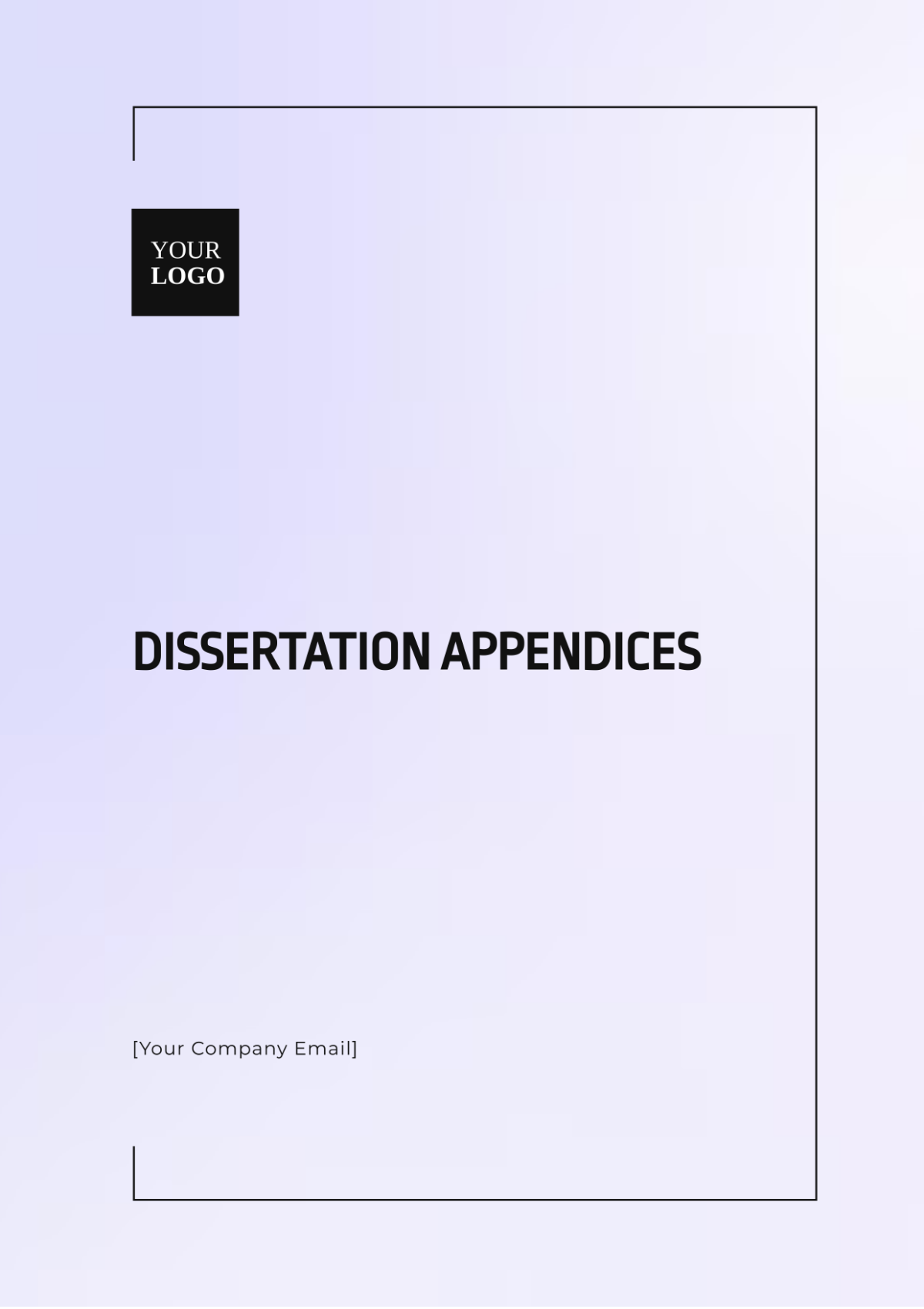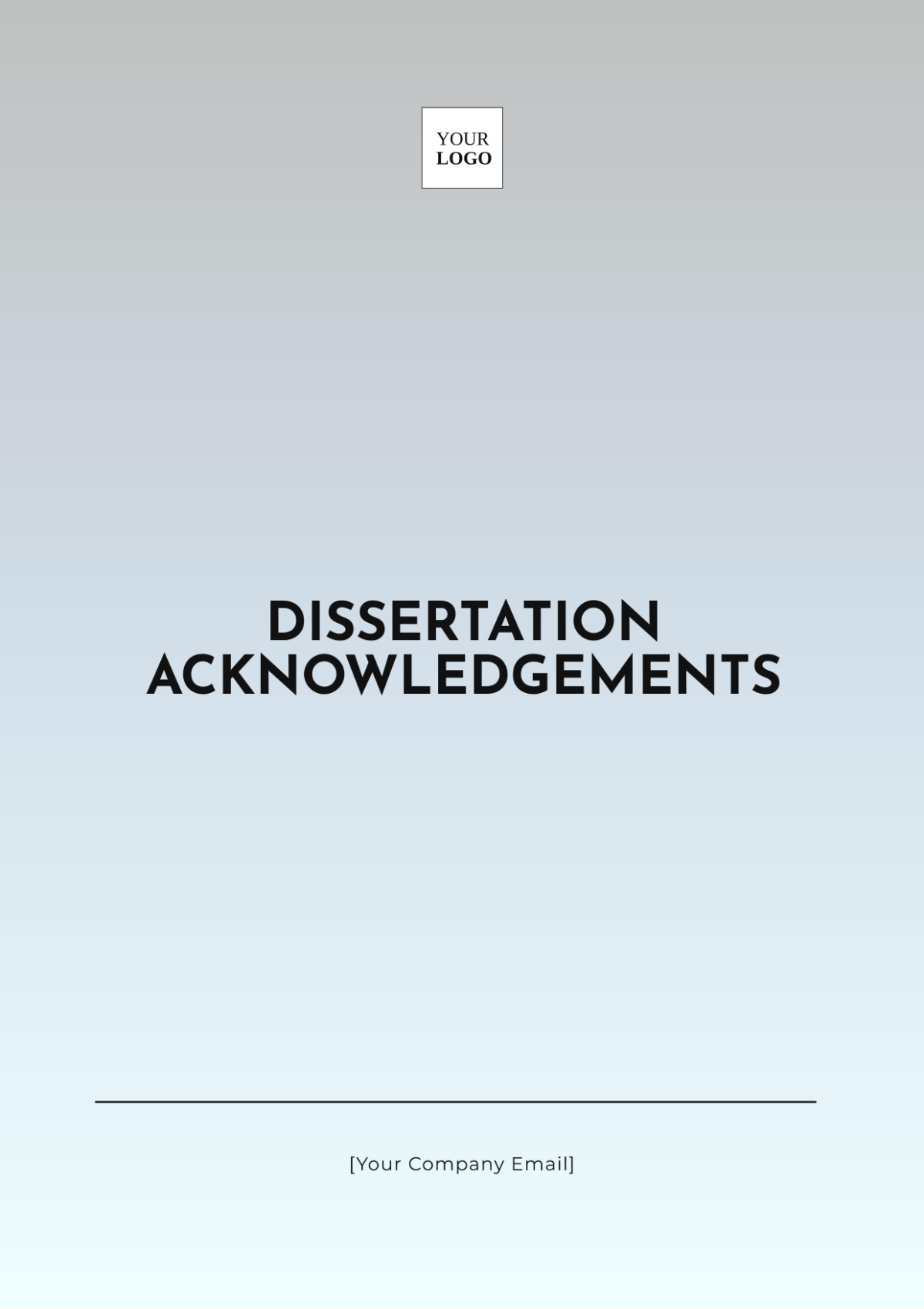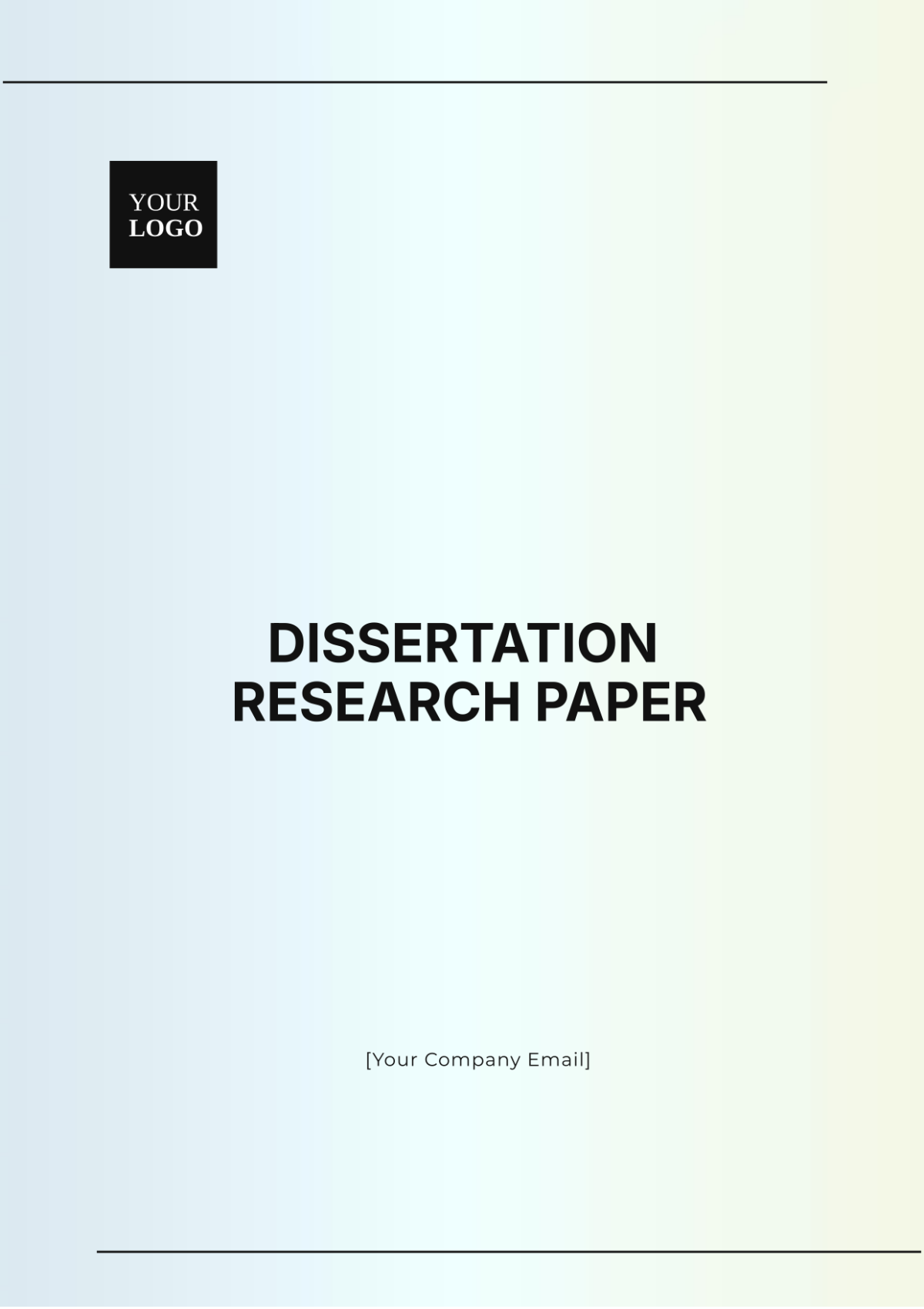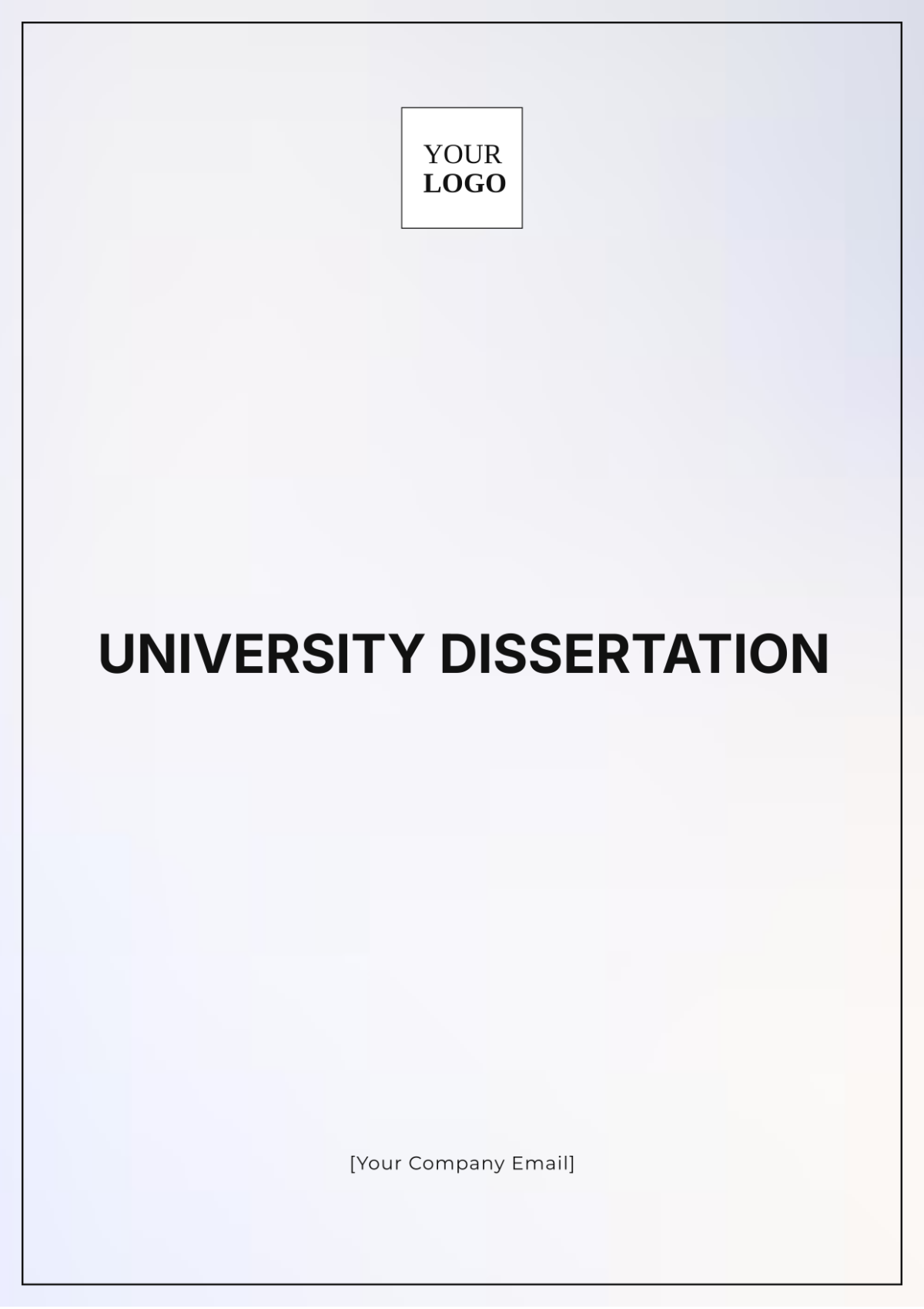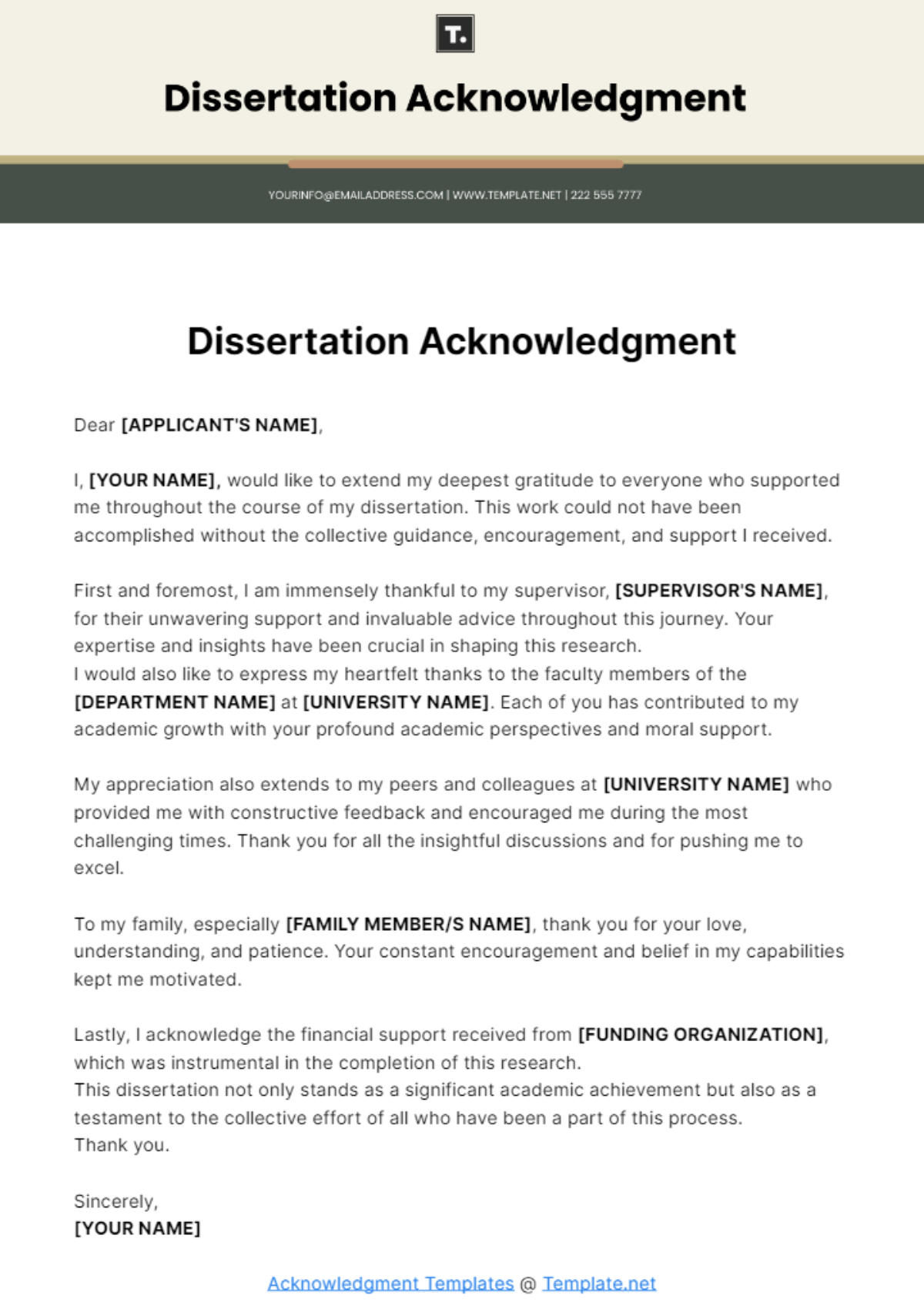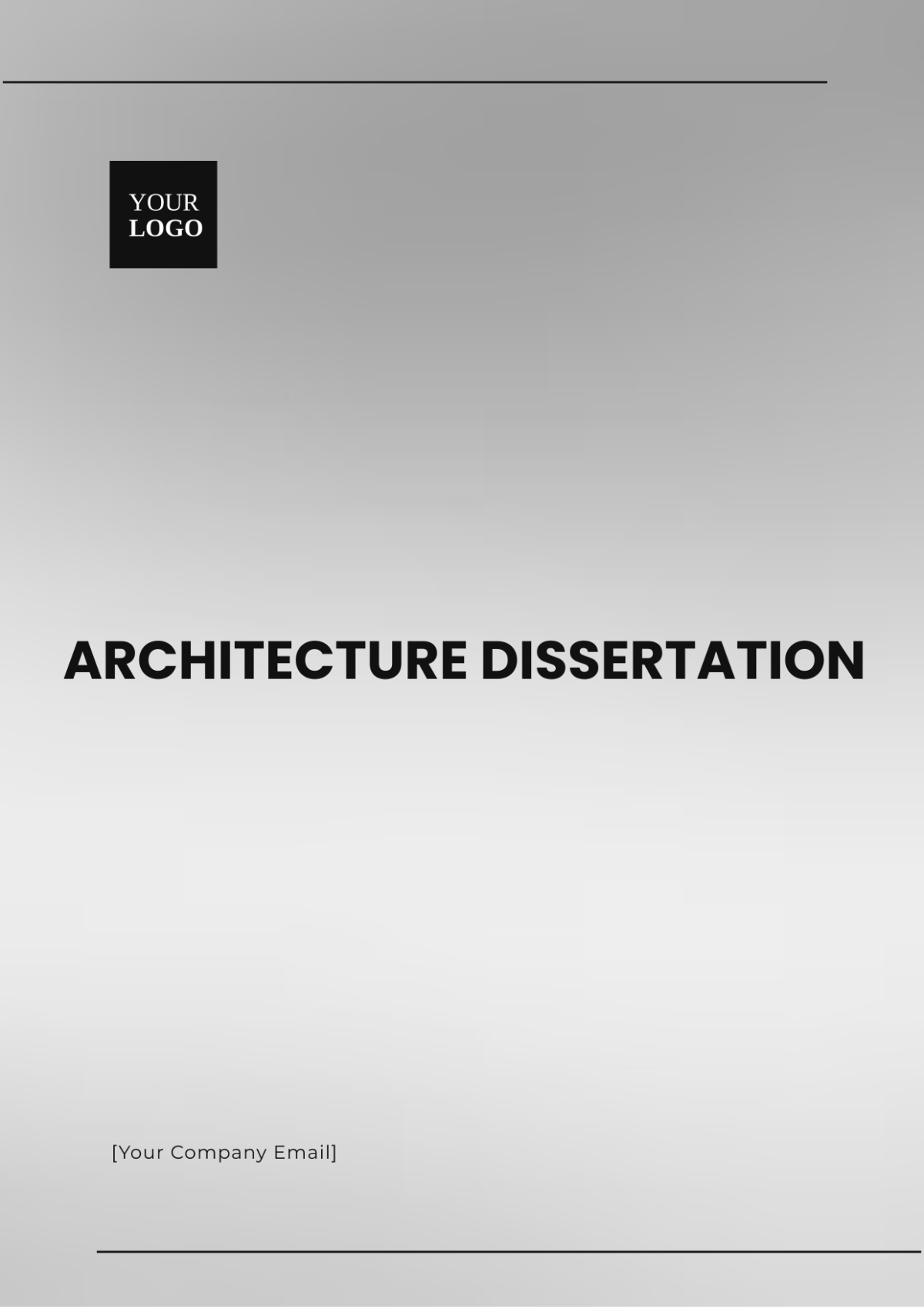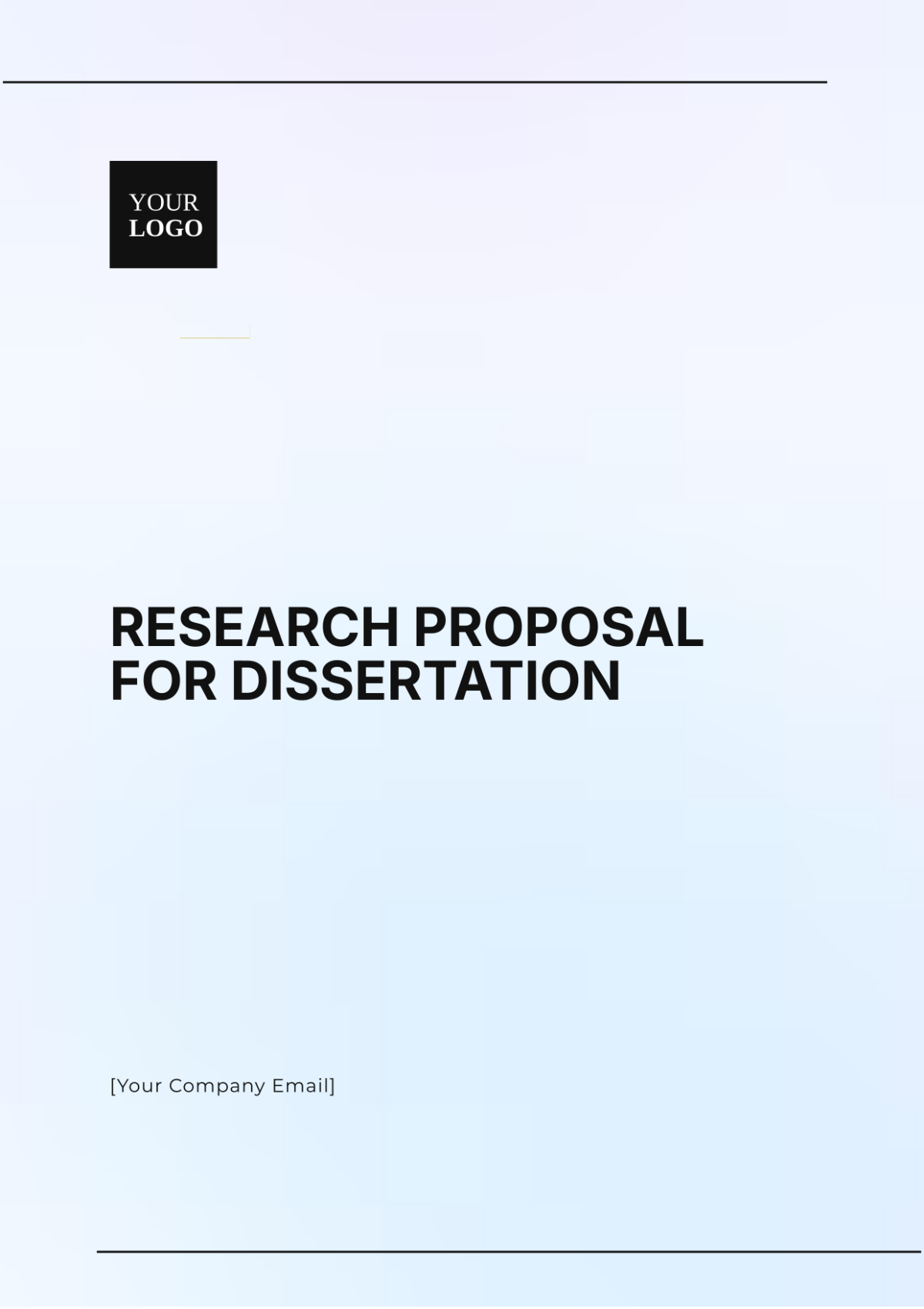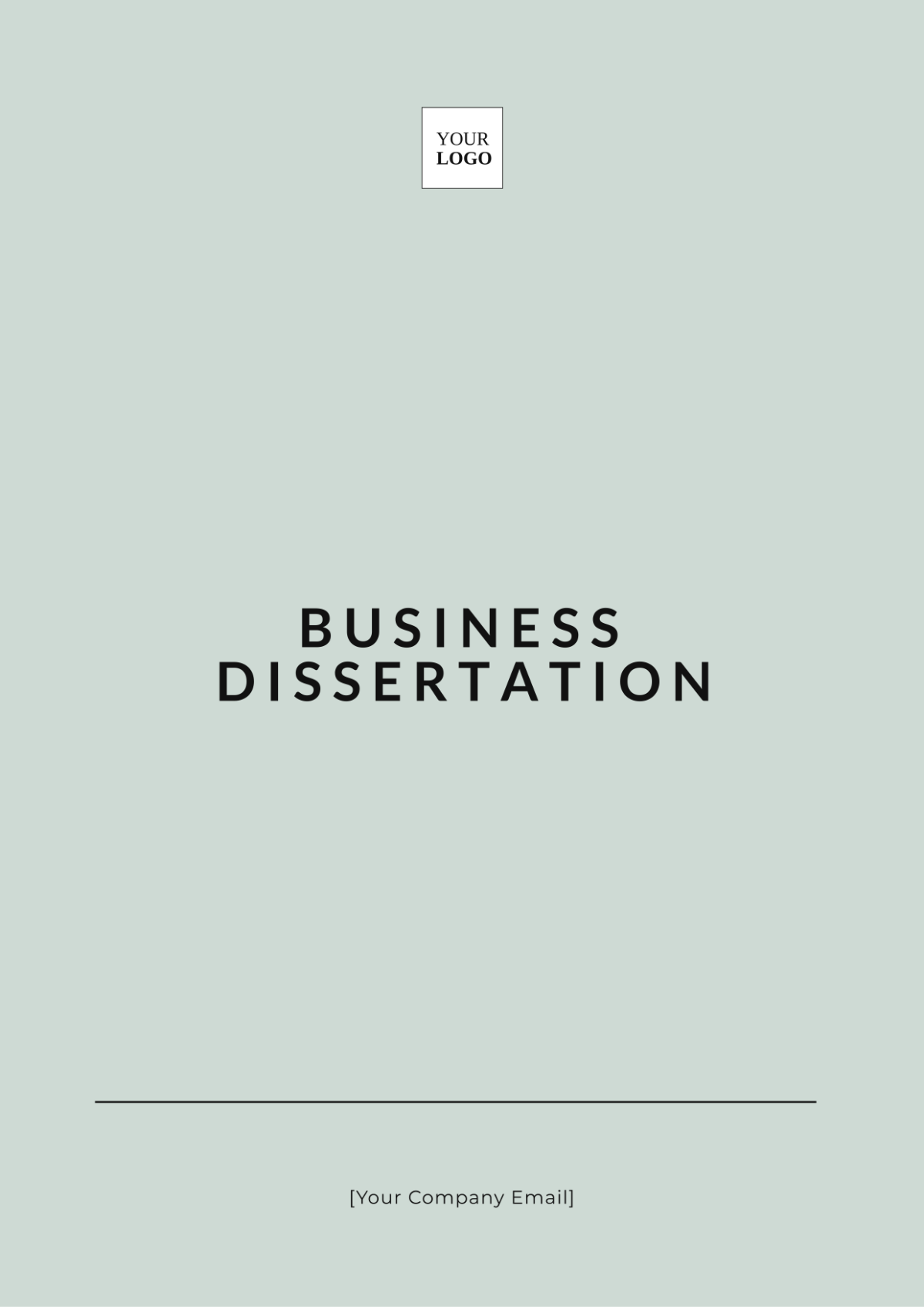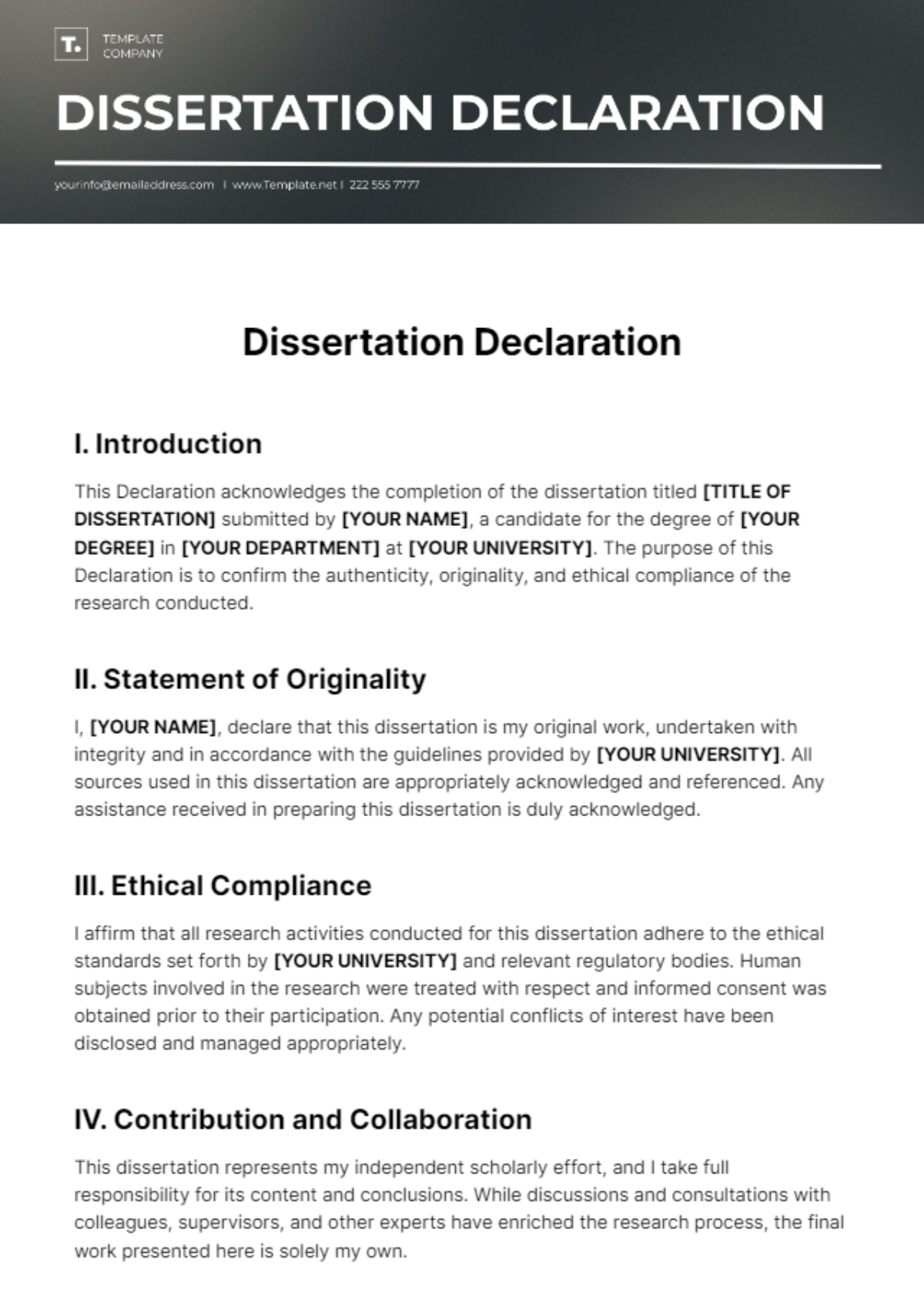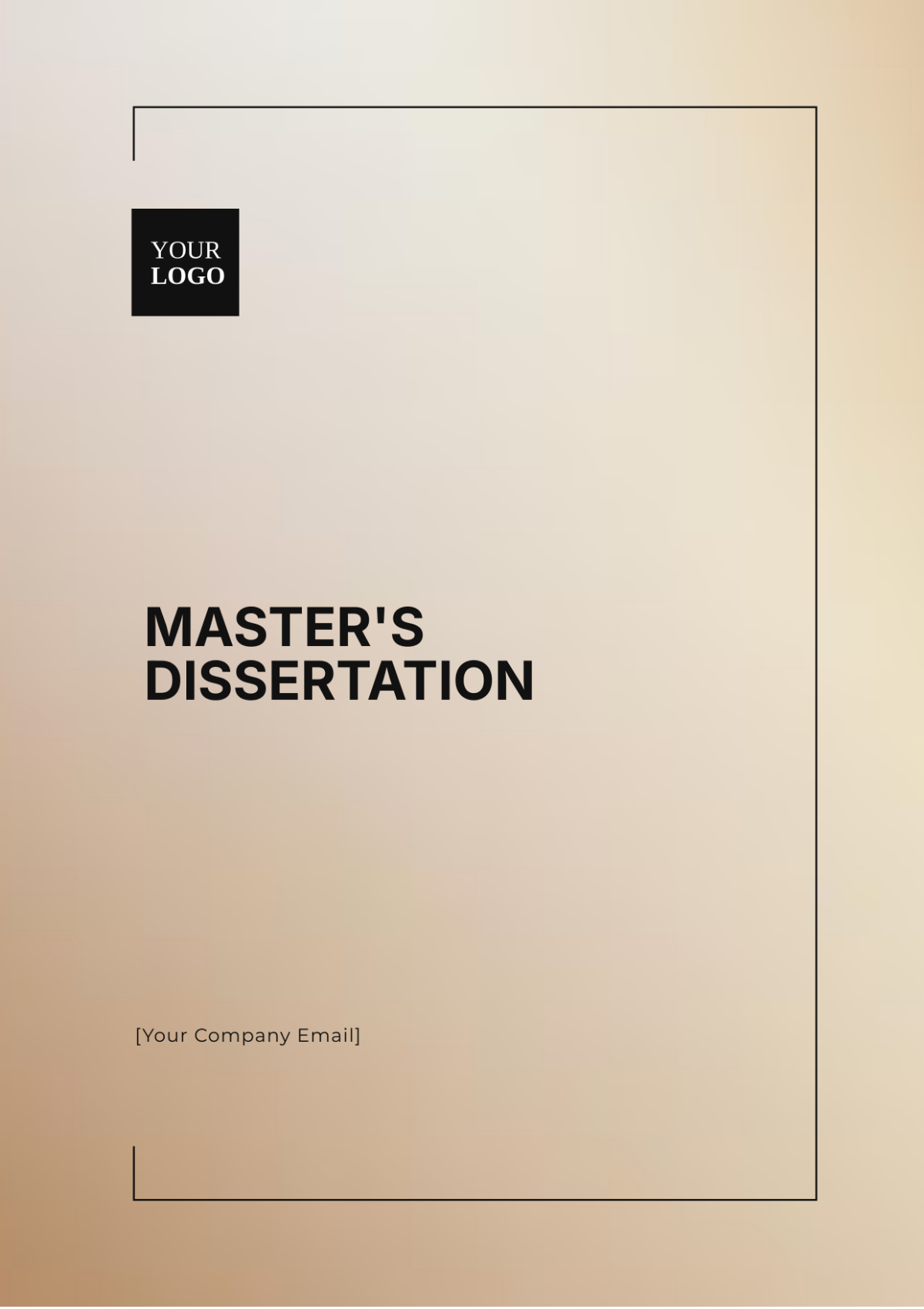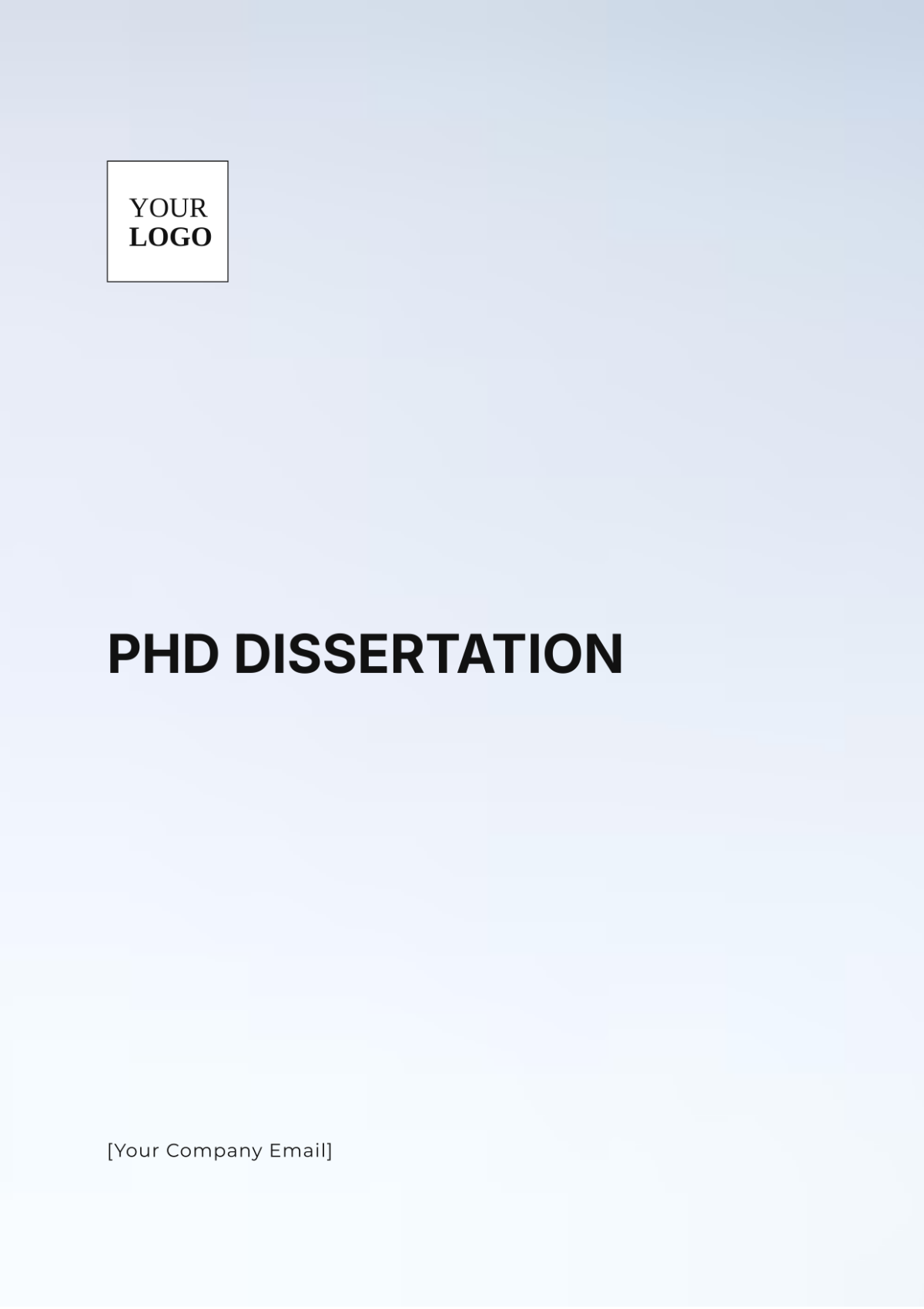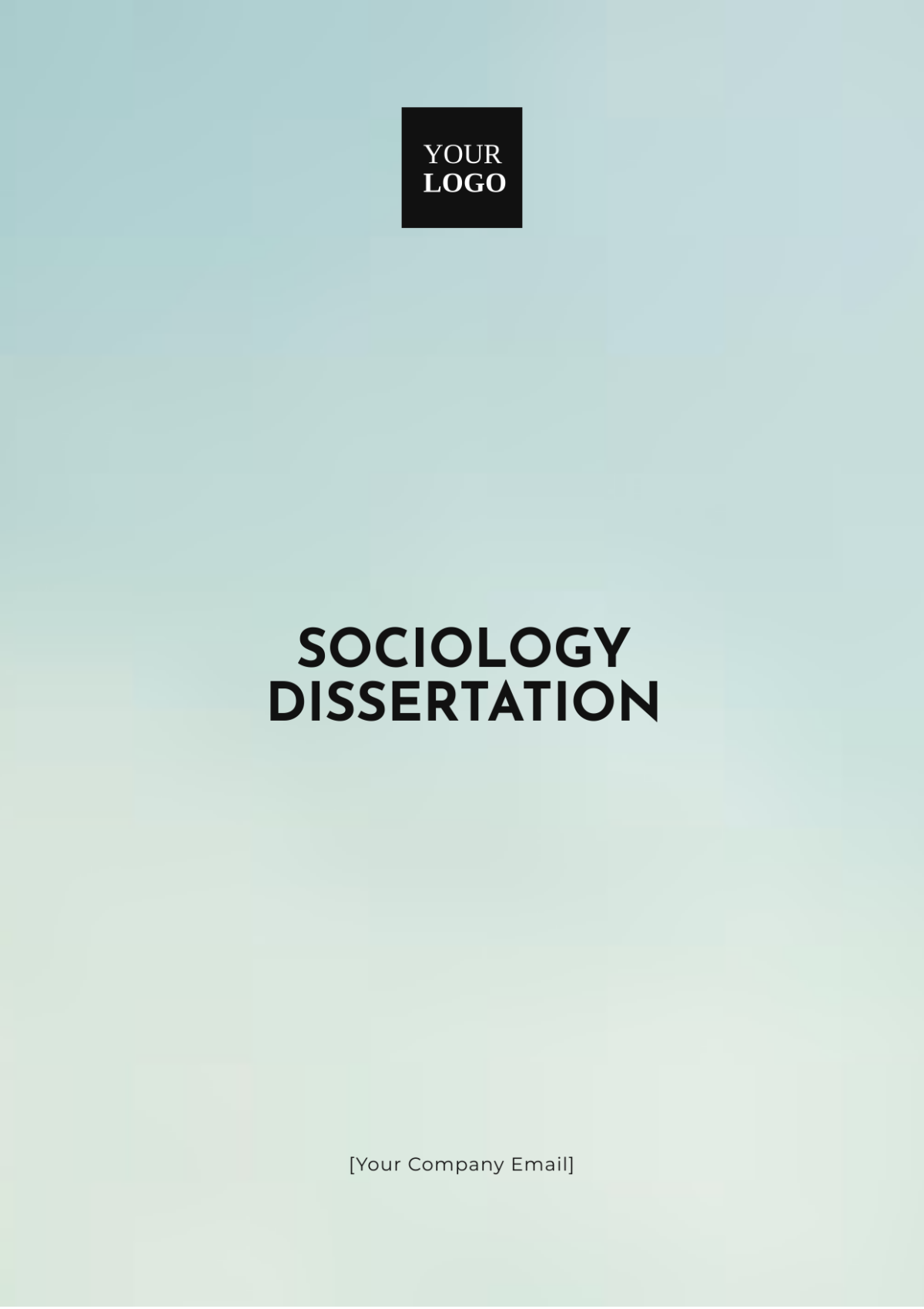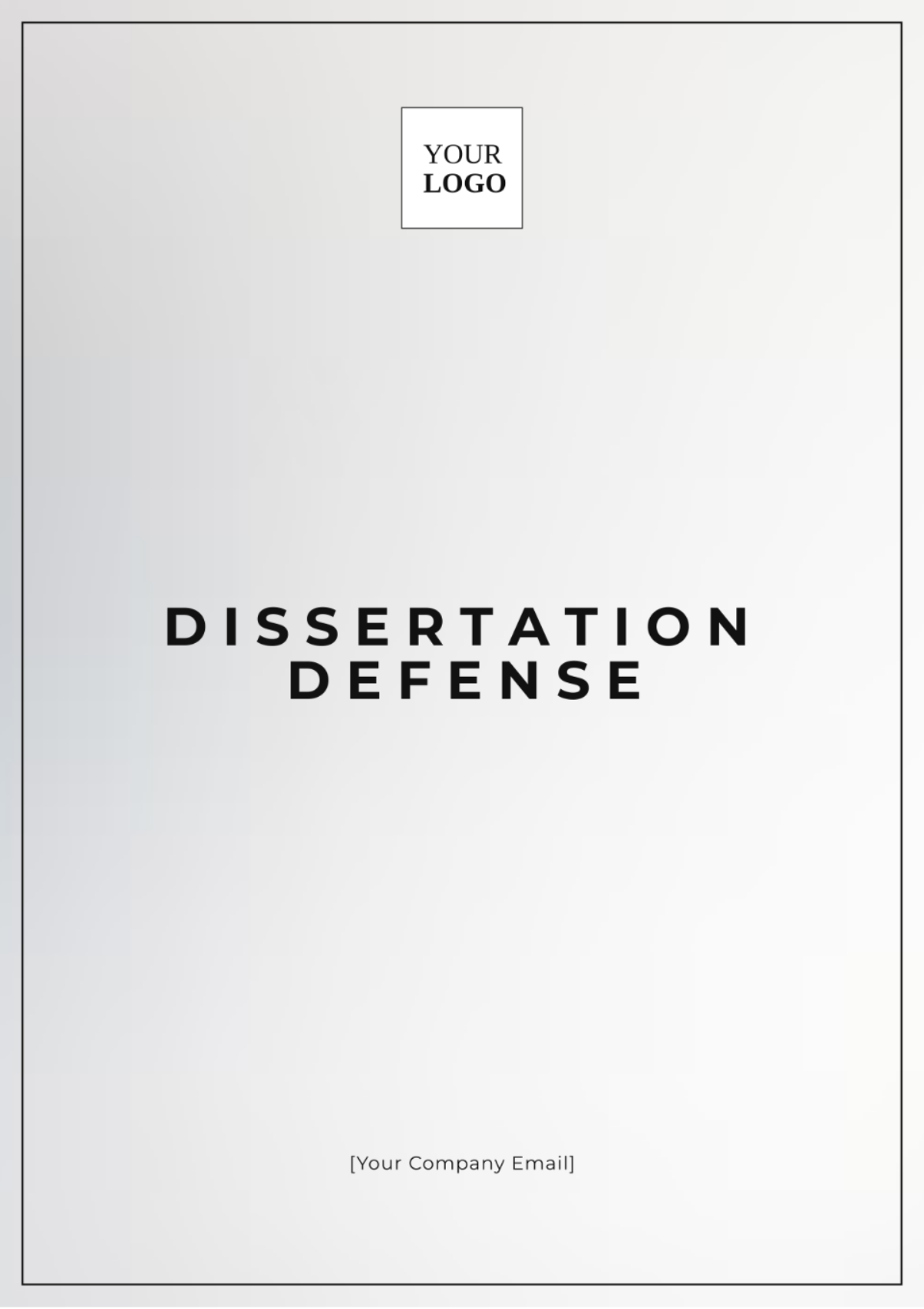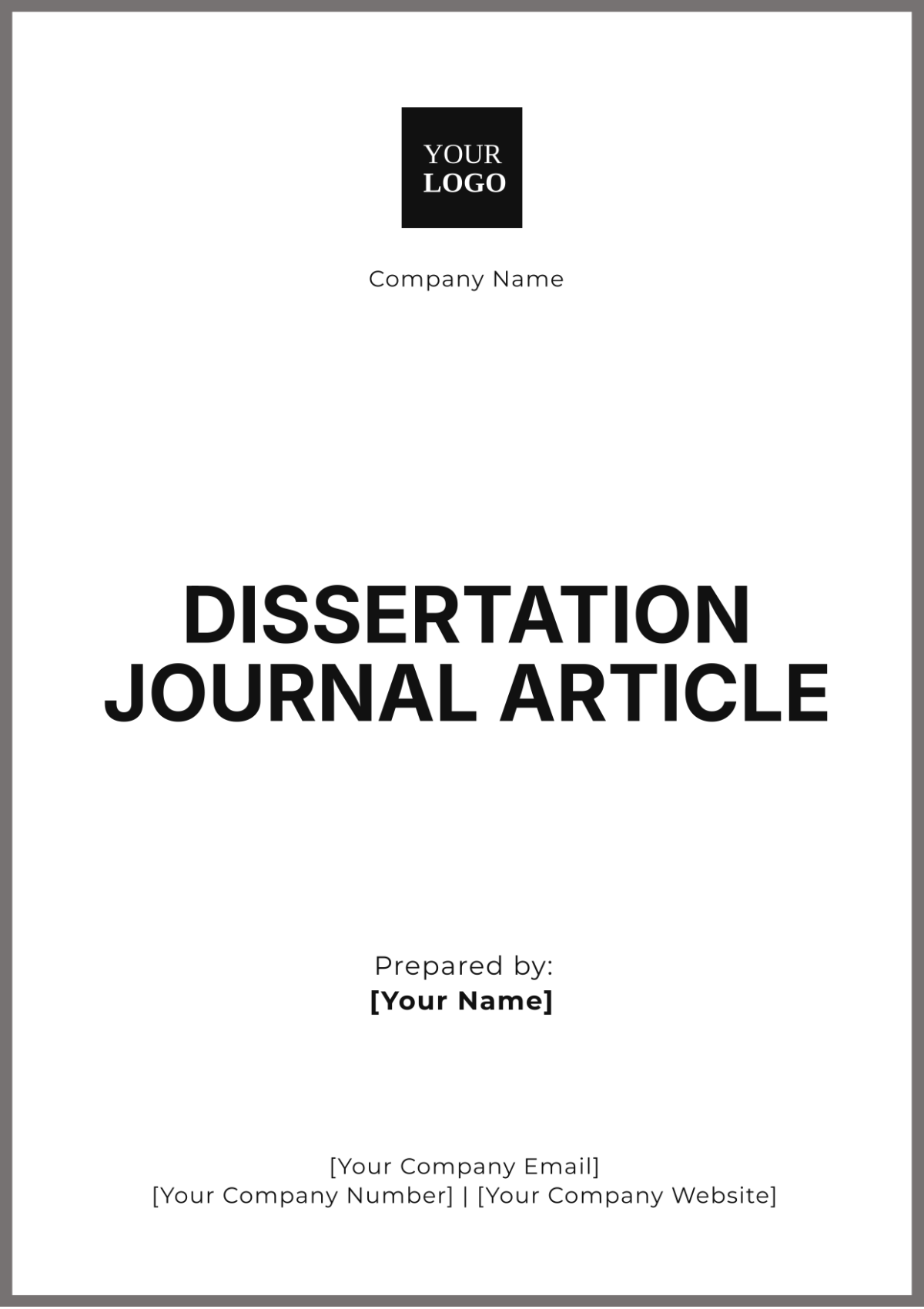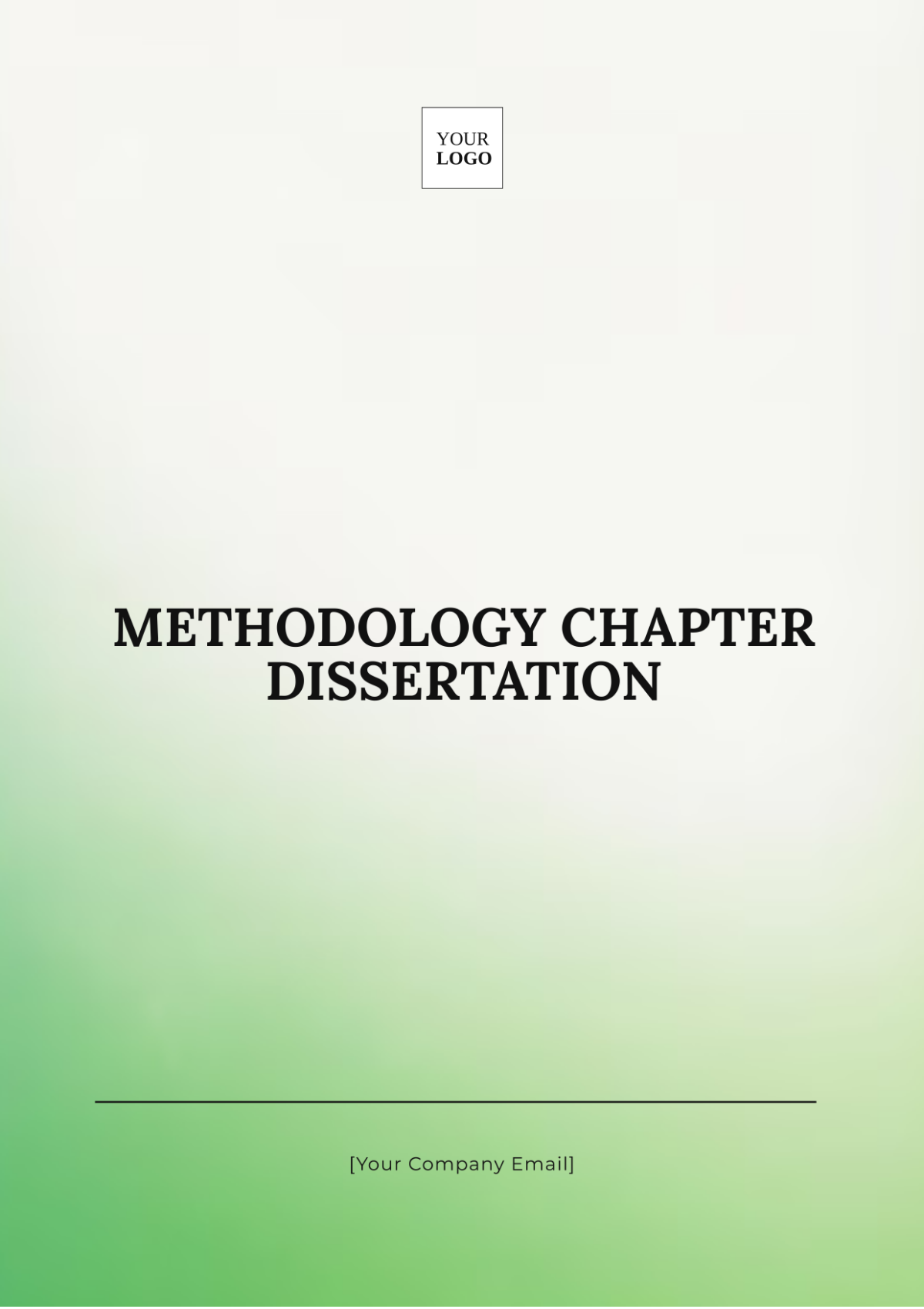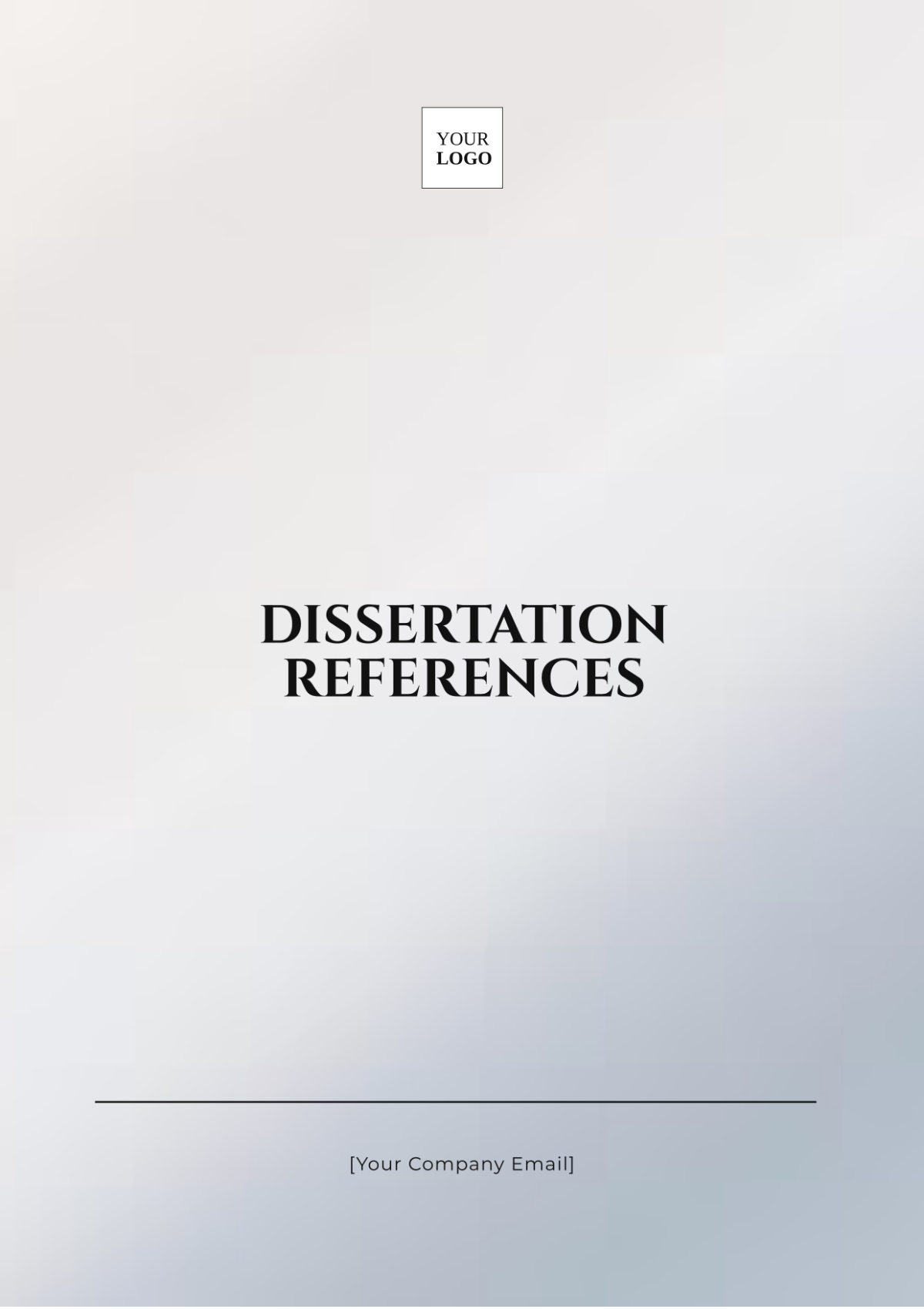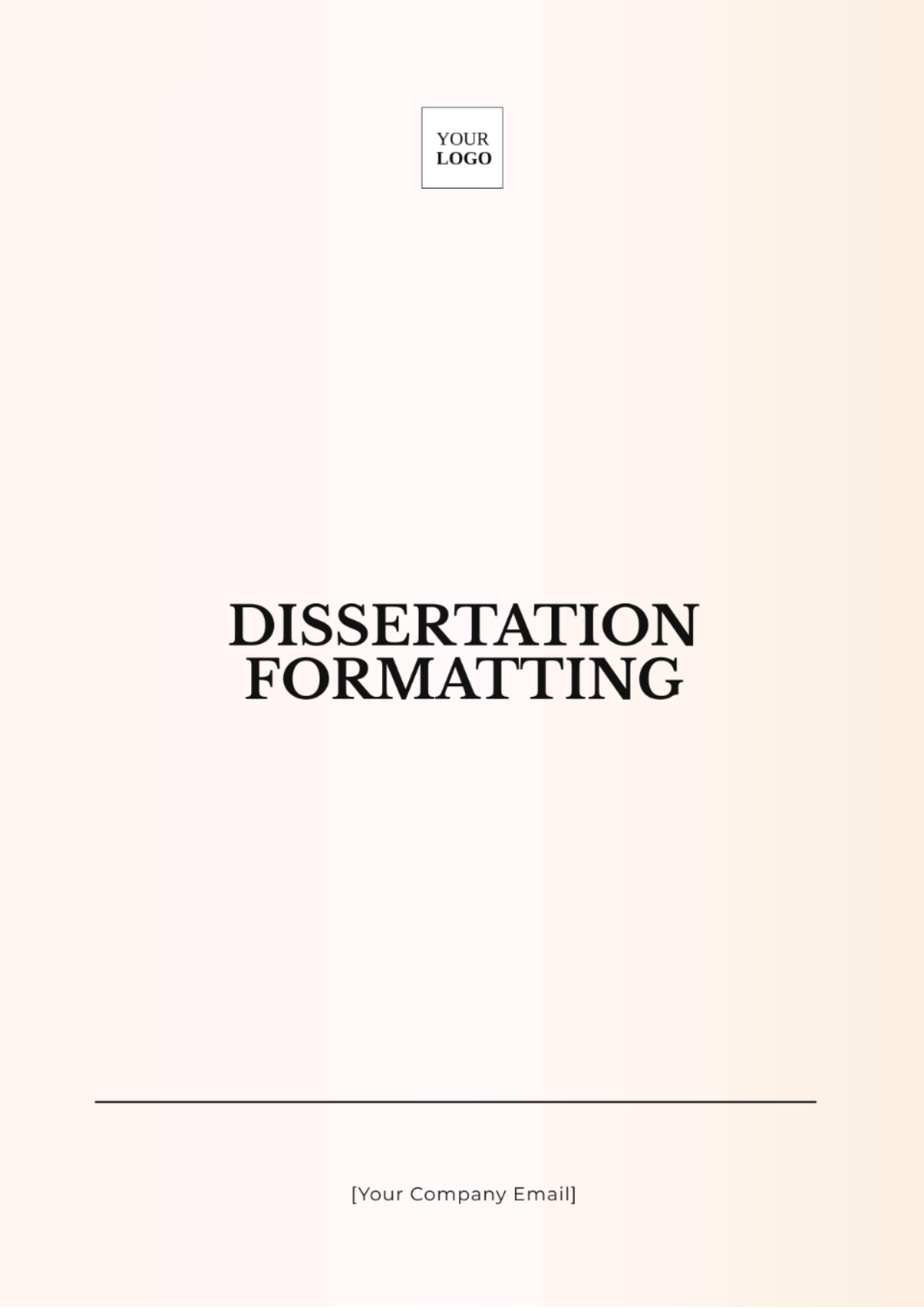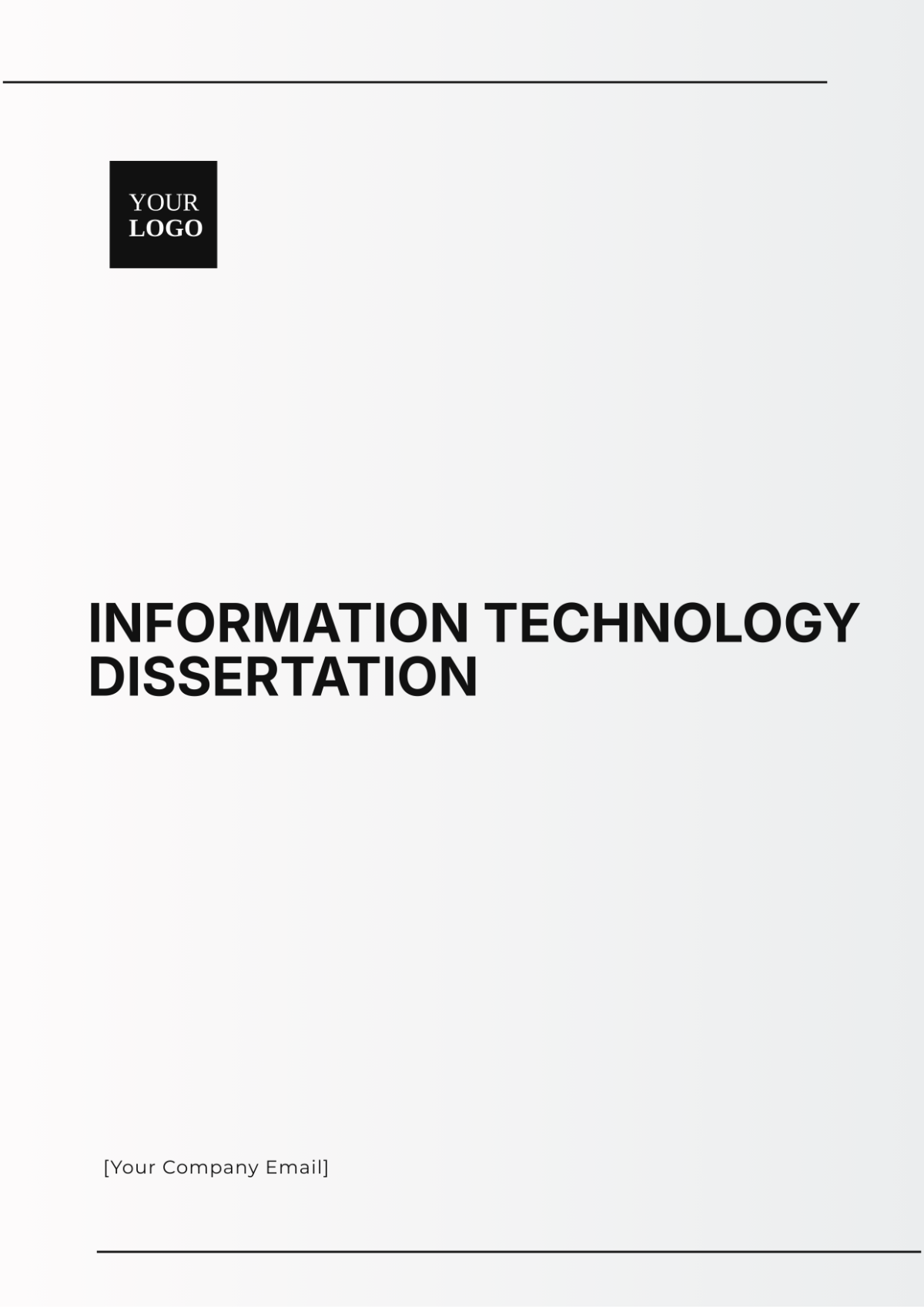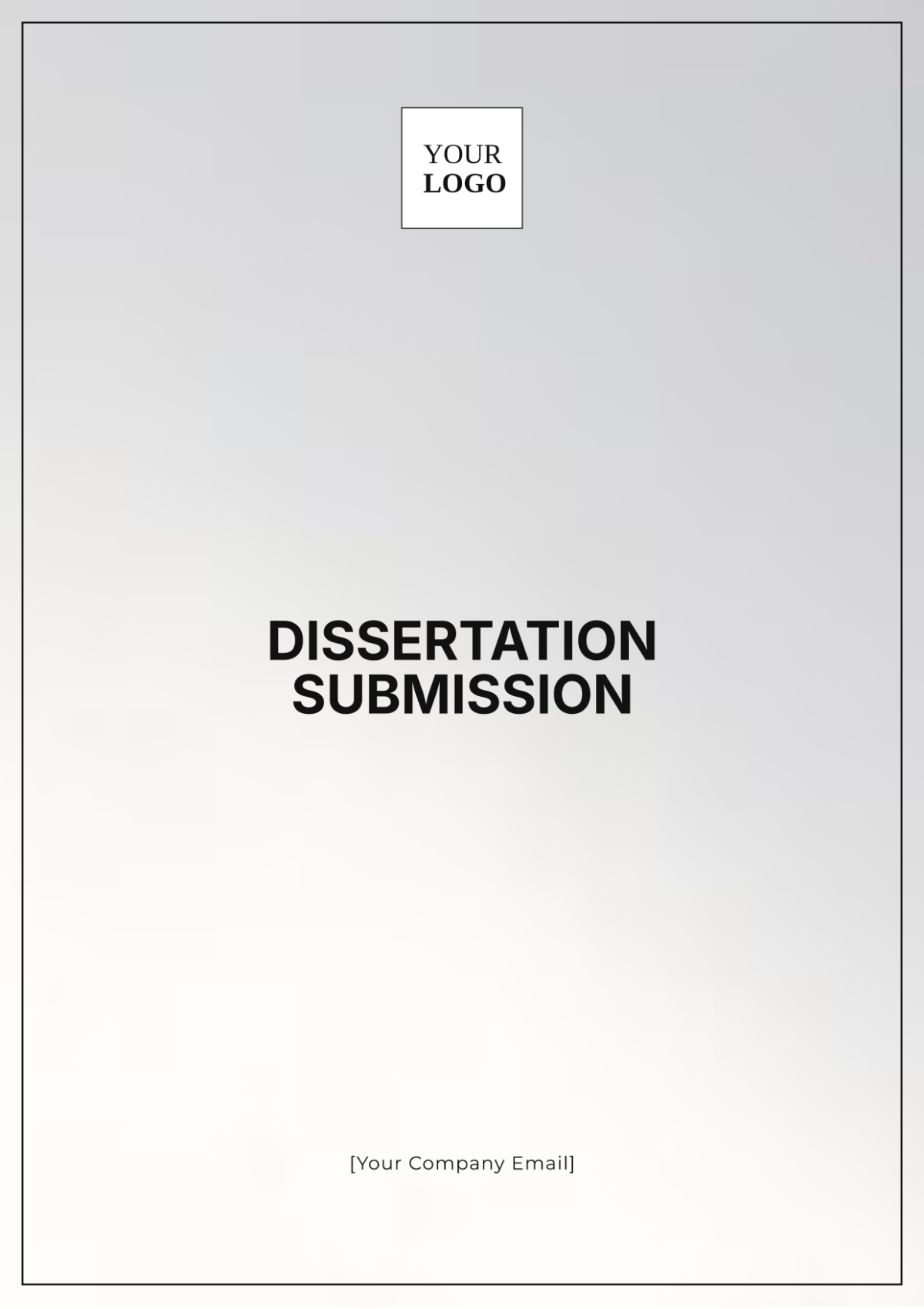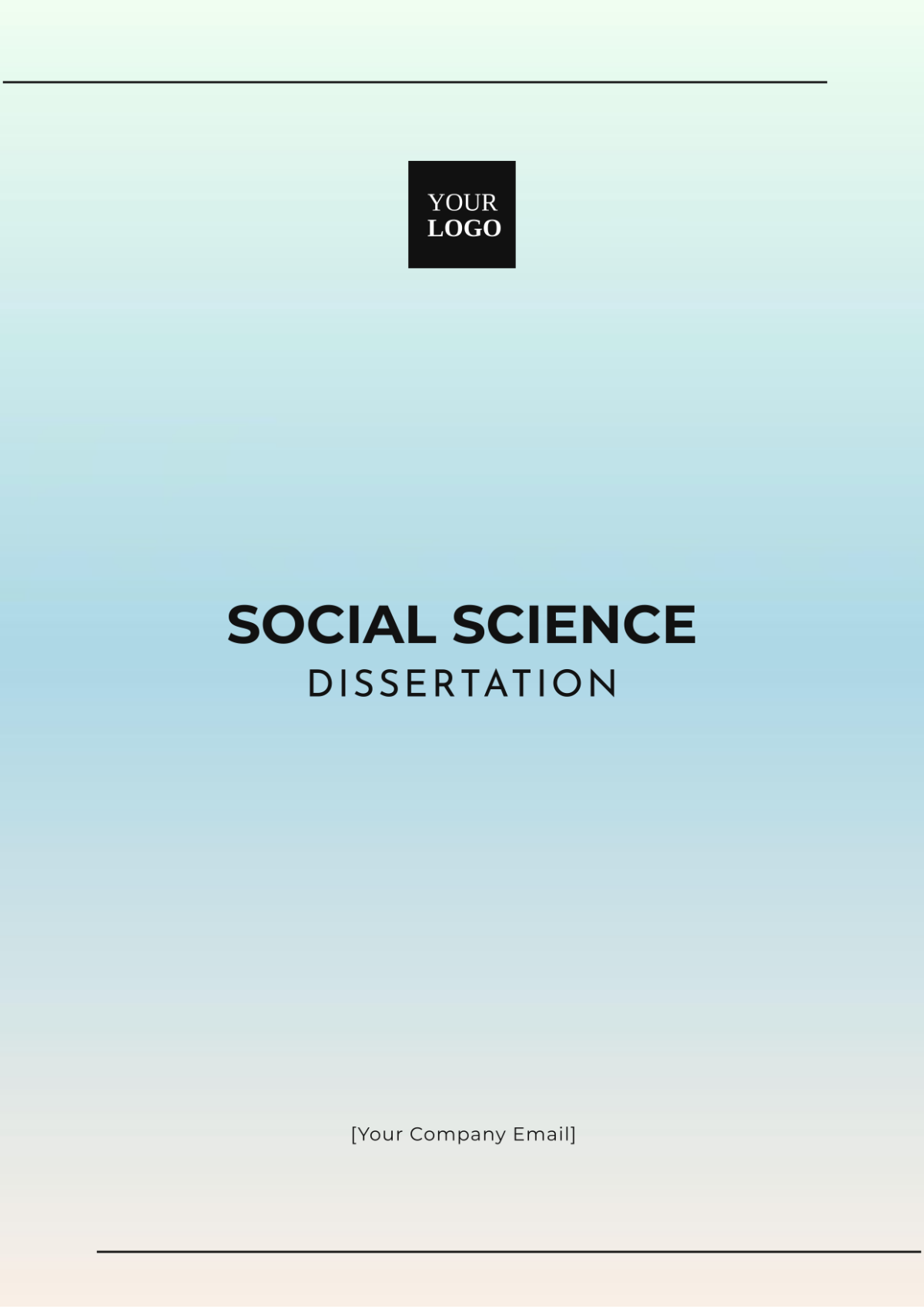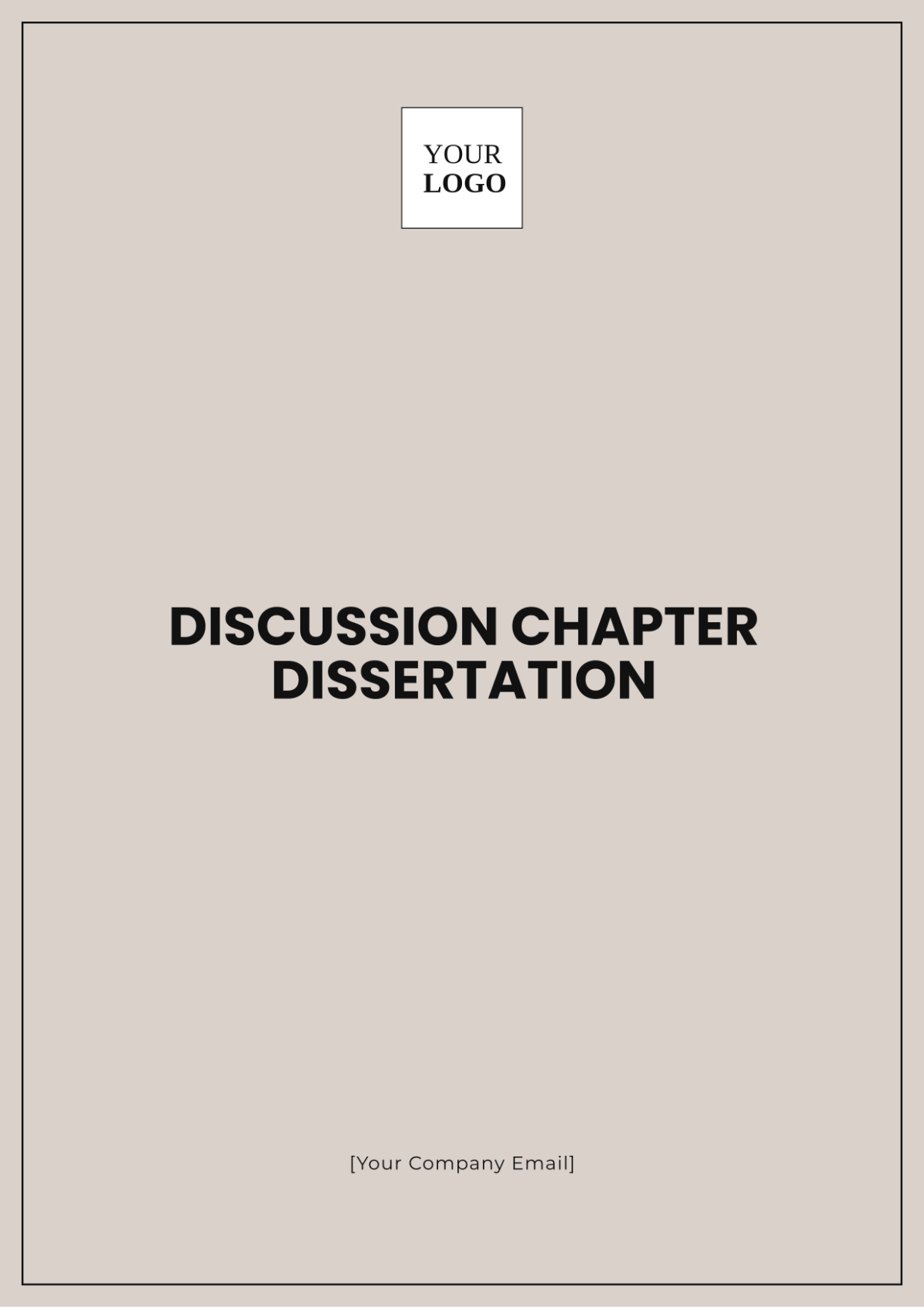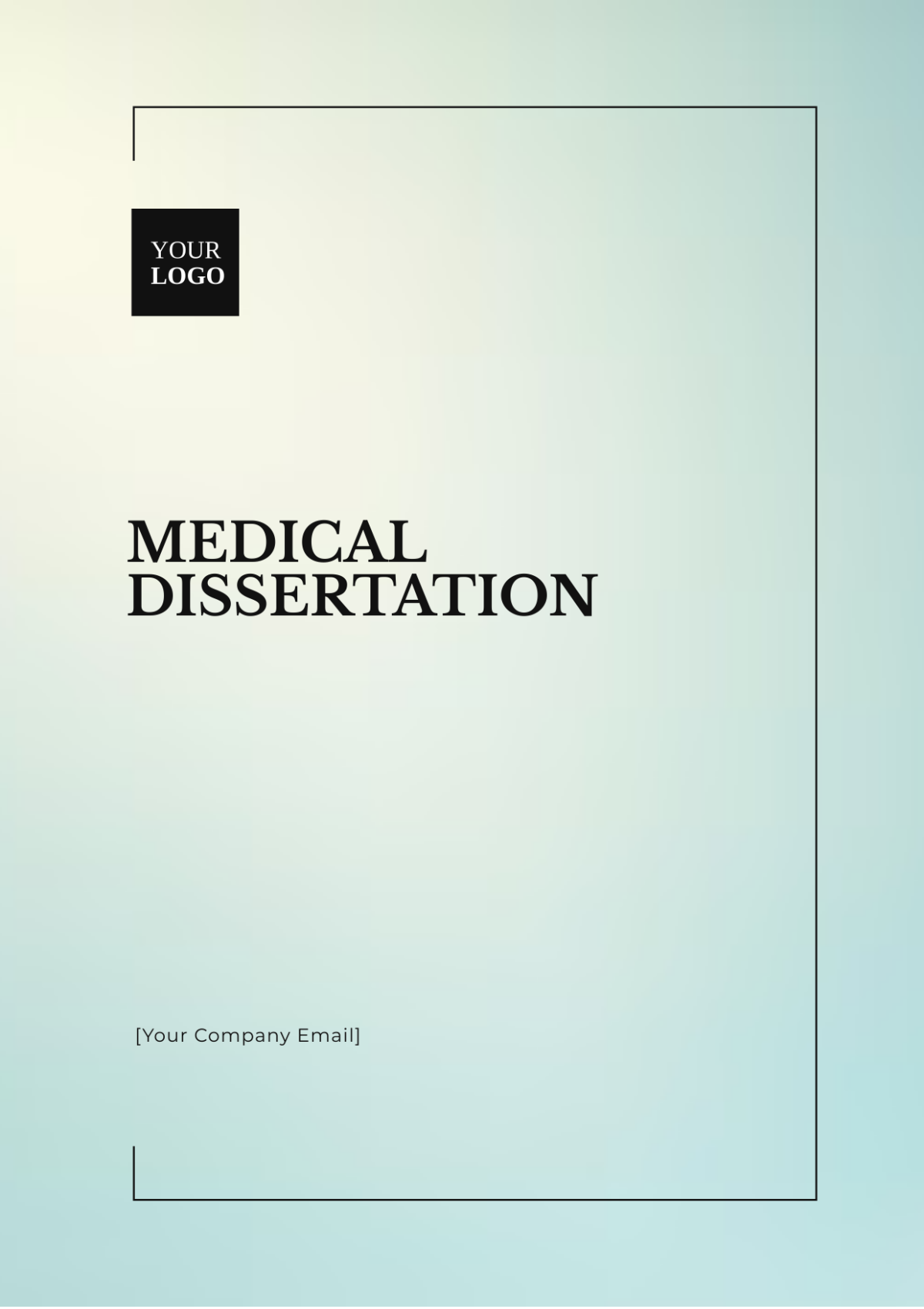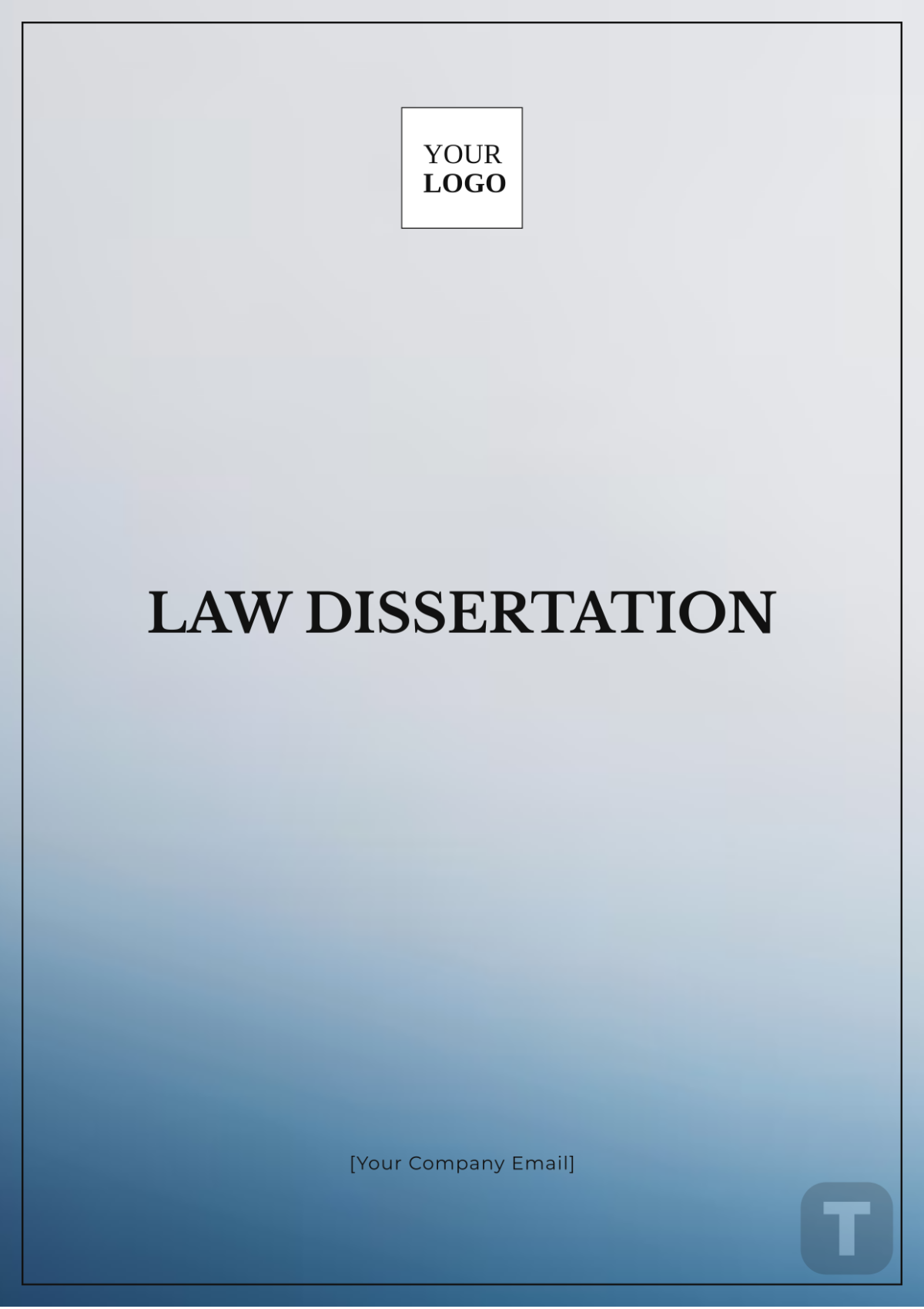LITERATURE DISSERTATION
Prepared By: [Your Name]
Date: [Date]
I. Introduction
Modernist literature, a movement that emerged in the late 19th and early 20th centuries, is marked by a deliberate break from traditional styles of prose and poetical form. This dissertation aims to explore the various dimensions of Modernist literature through an in-depth examination of its thematic, stylistic, and structural complexities.
II. Historical Context and Origins
Pre-Modernist Influences
Before Modernism, literature adhered to rigid structures and classical themes. Preceding movements such as Realism and Romanticism laid the groundwork for Modernist innovators by emphasizing the portrayal of reality and emotional depth.
Realism
Symbolism
Naturalism
Romanticism
The Industrial Revolution and Its Impact
The Industrial Revolution brought unprecedented changes that significantly influenced literary themes and concerns. The rapid shifts in society and technology furnished the landscape for Modernist thinkers to reflect on human existence, alienation, and industrialization.
Aspect | Description |
|---|---|
Technological Advancements | Introduction of machines, factories, and a shift from agrarian to industrial societies. |
Urbanization | Mass migration to cities and the birth of urban culture and anxieties. |
Social Changes | Emergence of new social classes and shifts in traditional roles. |
III. Main Themes in Modernist Literature
Fragmentation
One of the hallmarks of Modernist literature is its fragmented structure, which mirrors the chaotic and fragmented reality of the industrial world. Authors often use fragmented narratives to depict disjointed perspectives.
Subjectivity and Stream of Consciousness
Modernist writers frequently employed stream of consciousness techniques to delve deep into the subjectivity of characters, revealing their inner thoughts and emotions in a raw, unstructured form.
James Joyce's "Ulysses"
Virginia Woolf's "Mrs. Dalloway"
Marcel Proust's "In Search of Lost Time"
IV. Innovative Techniques and Styles
Use of Symbolism
Symbolism played a crucial role in Modernist literature, allowing authors to convey complex themes through symbols rather than direct narrative. This abstraction helped in expressing the ineffable and the metaphysical.
Imagism and Vorticism
Movements like Imagism and Vorticism influenced Modernist poets to emphasize clear, precise imagery and reject the elaborate verse of their predecessors. Poets such as Ezra Pound and T.S. Eliot championed these principles.
V. Influential Modernist Authors and Works
James Joyce
James Joyce was a seminal figure in Modernist literature. His works, such as "Ulysses" and "A Portrait of the Artist as a Young Man," utilize stream of consciousness, mythic structures, and complex symbolism.
Virginia Woolf
Virginia Woolf is known for her innovative narrative techniques and psychological depth. Works like "To the Lighthouse" and "Mrs. Dalloway" explore the inner consciousness of characters and reflect on time and existence.
Marcel Proust
Marcel Proust's "In Search of Lost Time" is a monumental work that epitomizes the Modernist focus on memory, time, and subjectivity. His intricate narrative and detailed examinations of personal experience set a high standard for literary introspection.
Author | Notable Works | Techniques and Contributions |
|---|---|---|
James Joyce | "Ulysses," "A Portrait of the Artist as a Young Man" | Stream of consciousness, symbolism, mythic structures |
Virginia Woolf | "Mrs. Dalloway," "To the Lighthouse" | Psychological depth, narrative innovation, exploration of time |
Marcel Proust | "In Search of Lost Time" | Detailed introspection, memory, subjectivity |
VII. Critical Reception and Legacy
Contemporary Criticism
During their time, Modernist writers often faced criticism for their experimental approaches and esoteric themes. Critics argued that the complexity and obscure references in Modernist works alienated the general reading public.
Modernist Literature's Enduring Impact
Despite initial resistance, Modernist literature has left an indelible mark on the literary world. Its influence can be seen in various post-modern and contemporary works that continue to challenge traditional narrative forms and explore the multifaceted nature of human experience.
VIII. Conclusion
Modernist literature remains a vital area of study for its groundbreaking approaches to narrative, meaning, and human consciousness. By dismantling and reconfiguring traditional structures, Modernist writers paved the way for countless literary experiments and innovations that followed. This dissertation has examined the historical context, main themes, influential authors, and the long-lasting impact of Modernist literature, highlighting its role as a transformative force in the landscape of written art.
